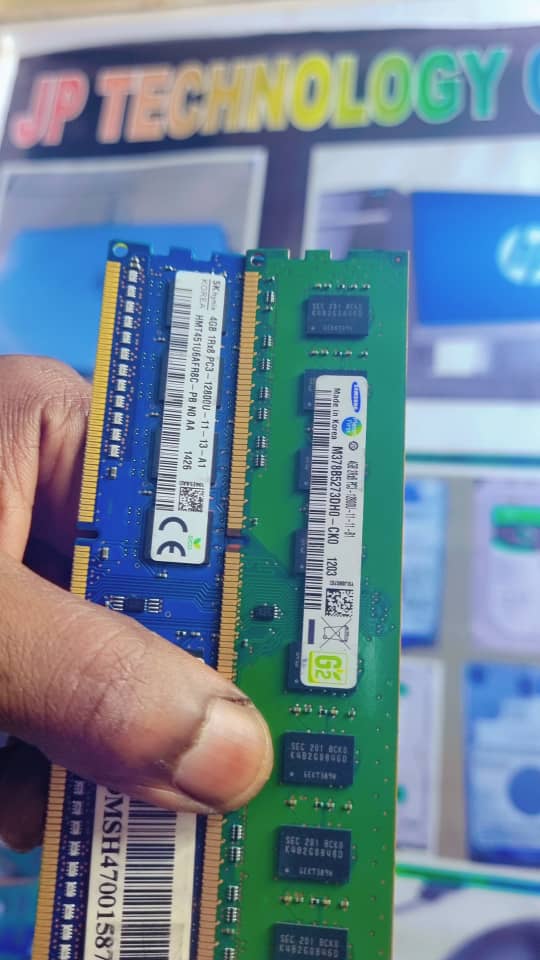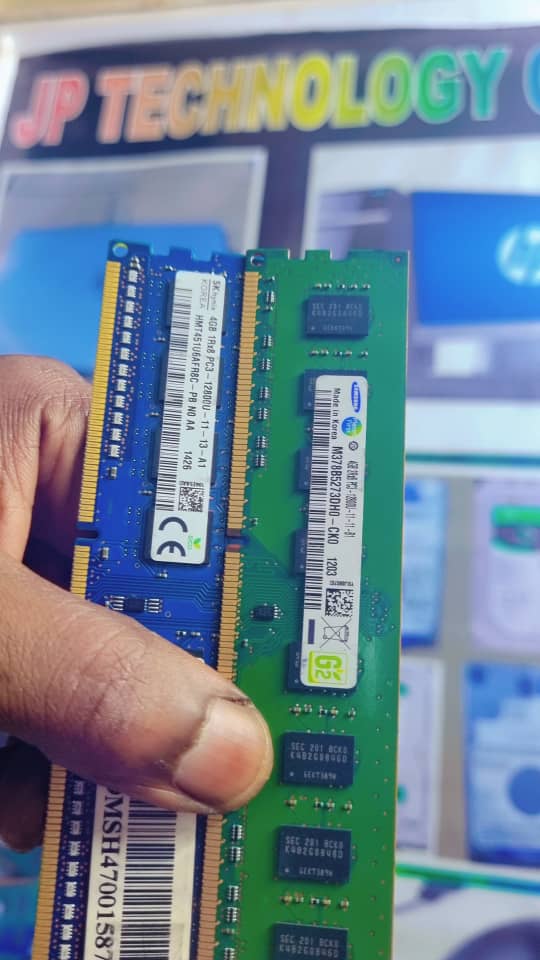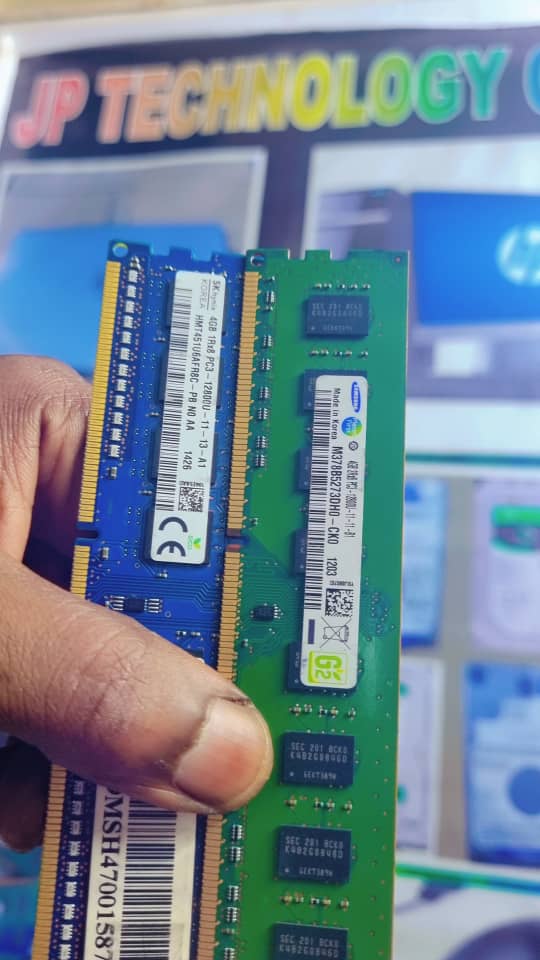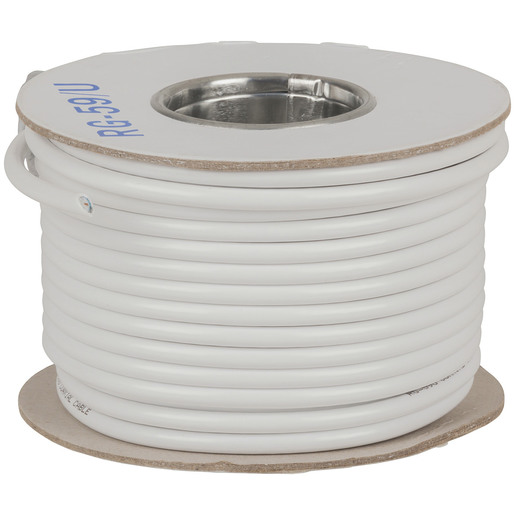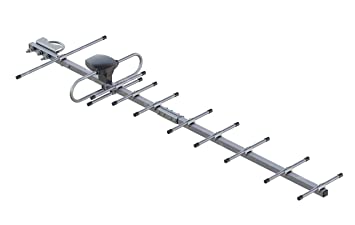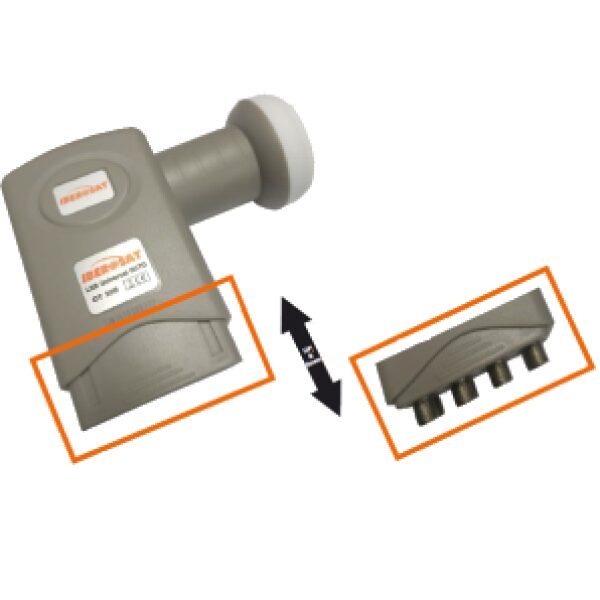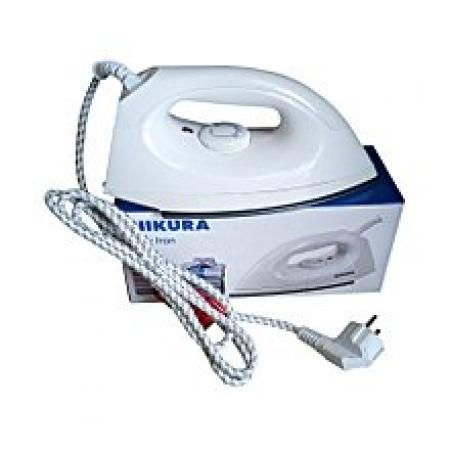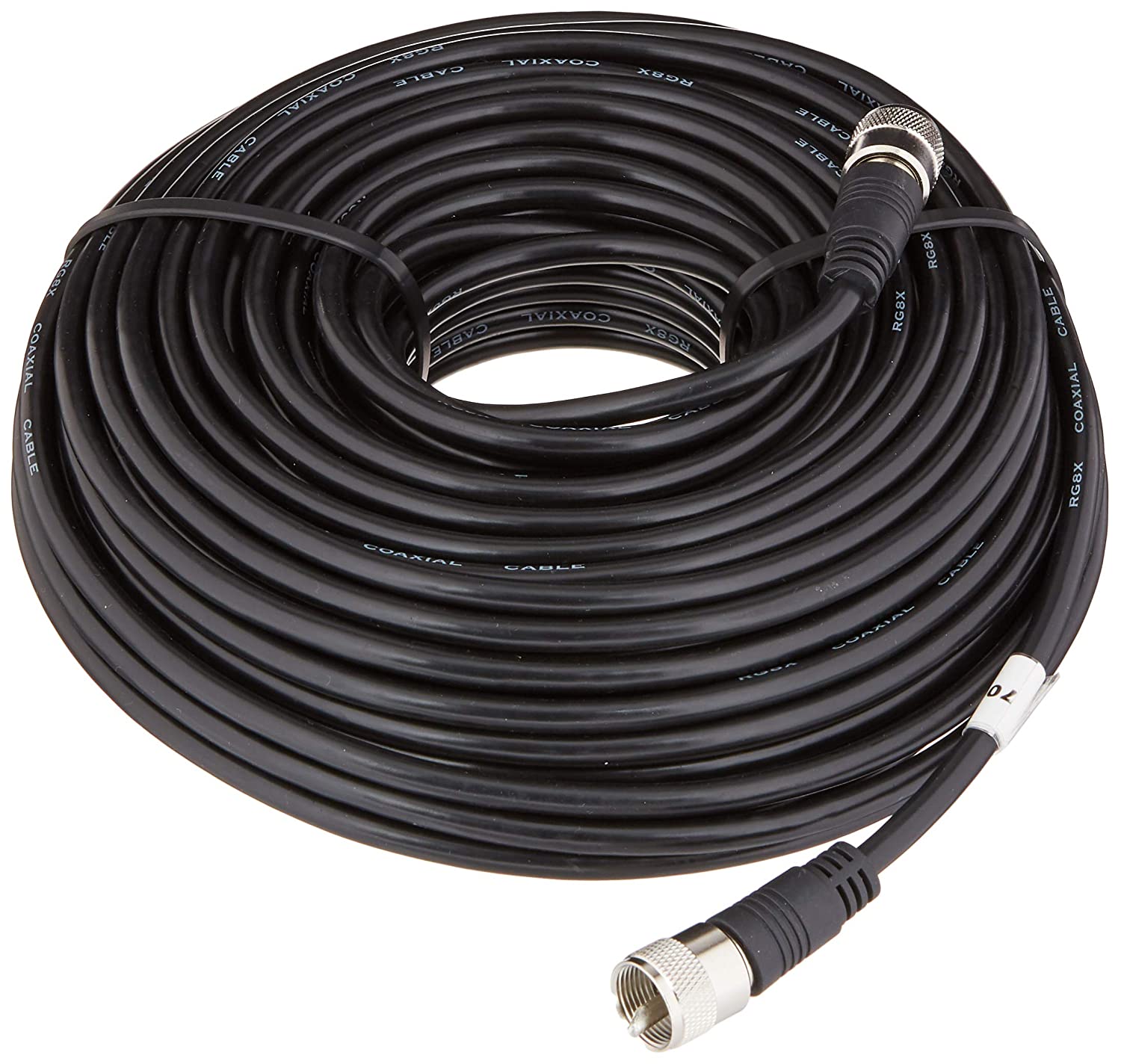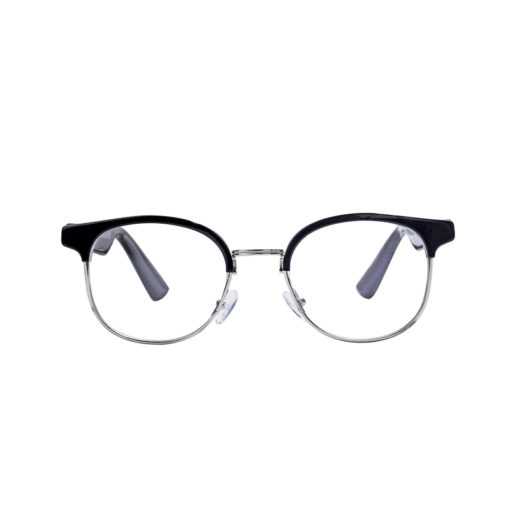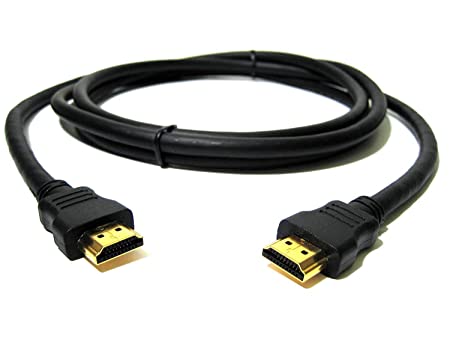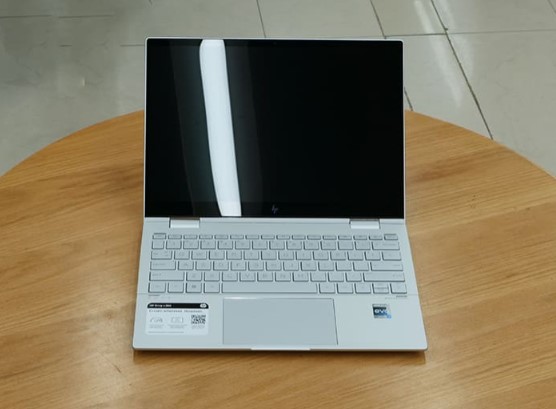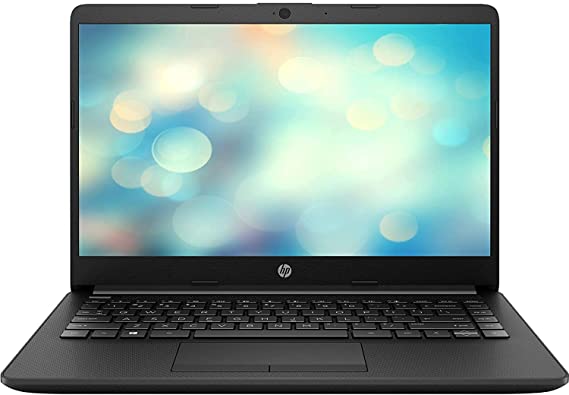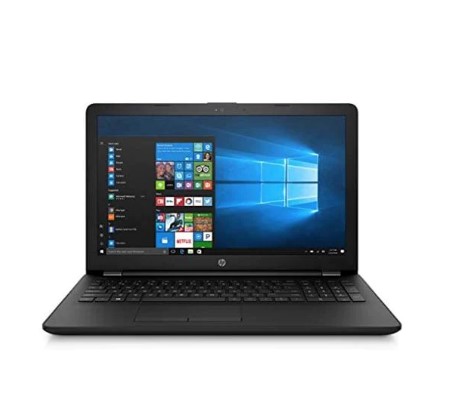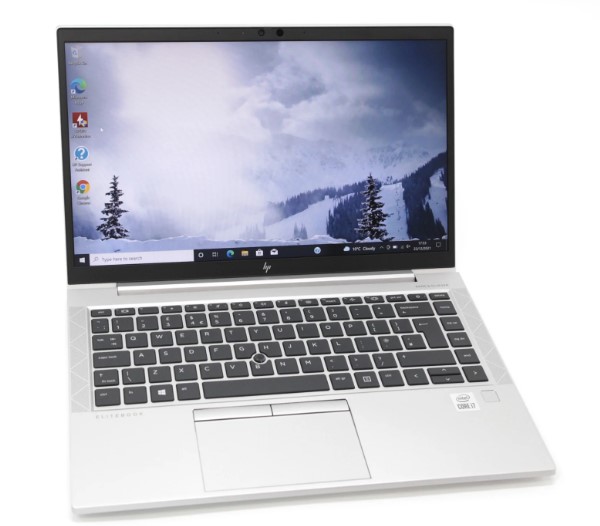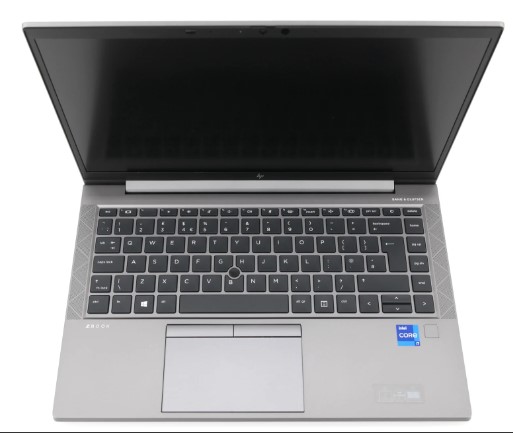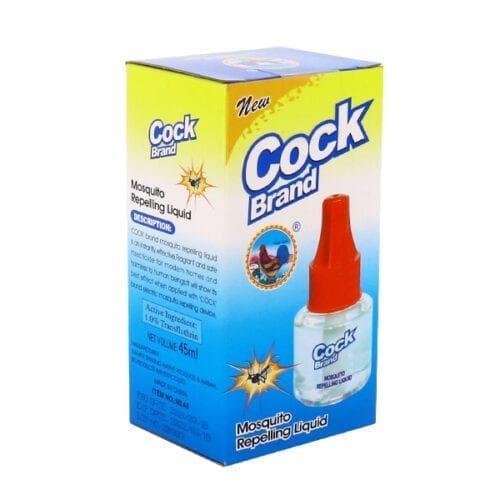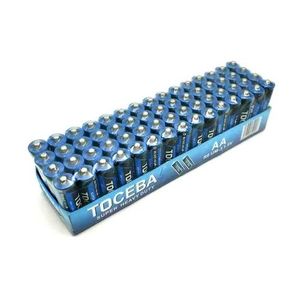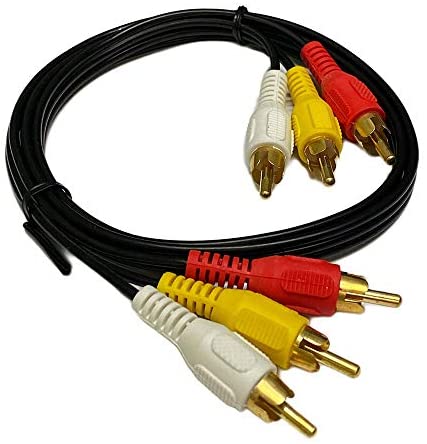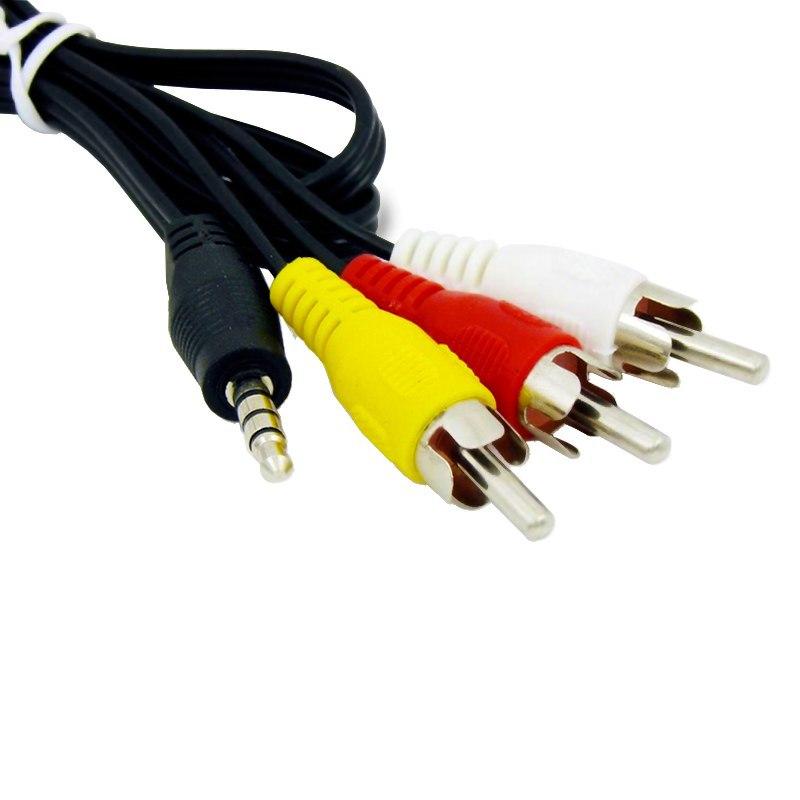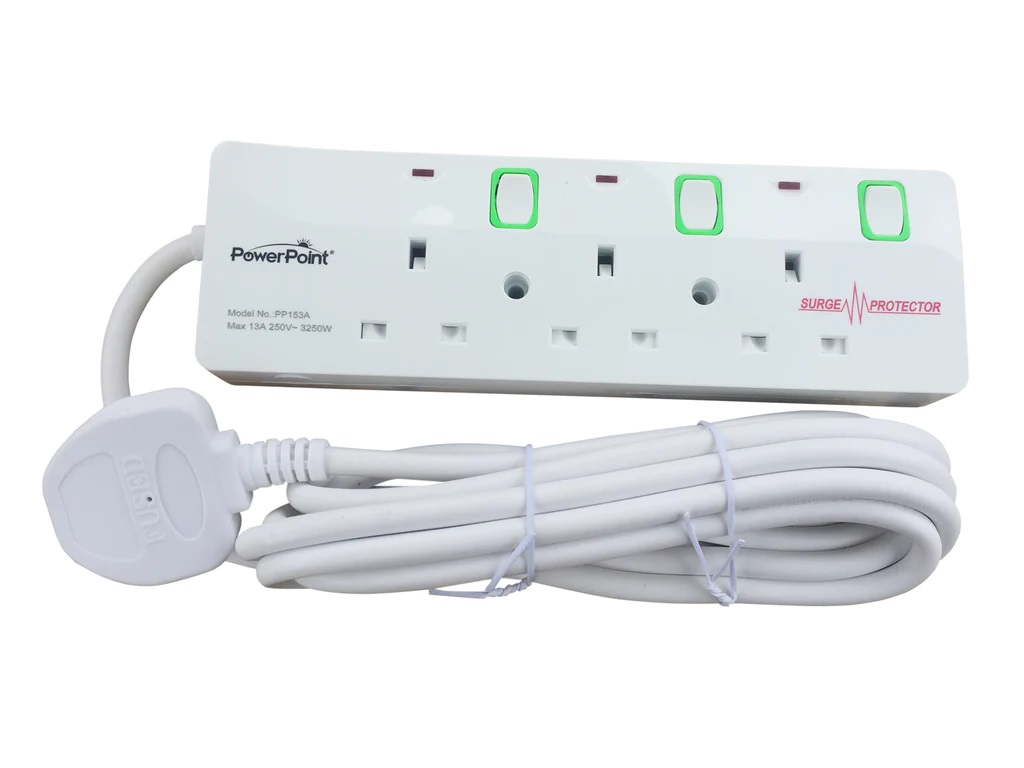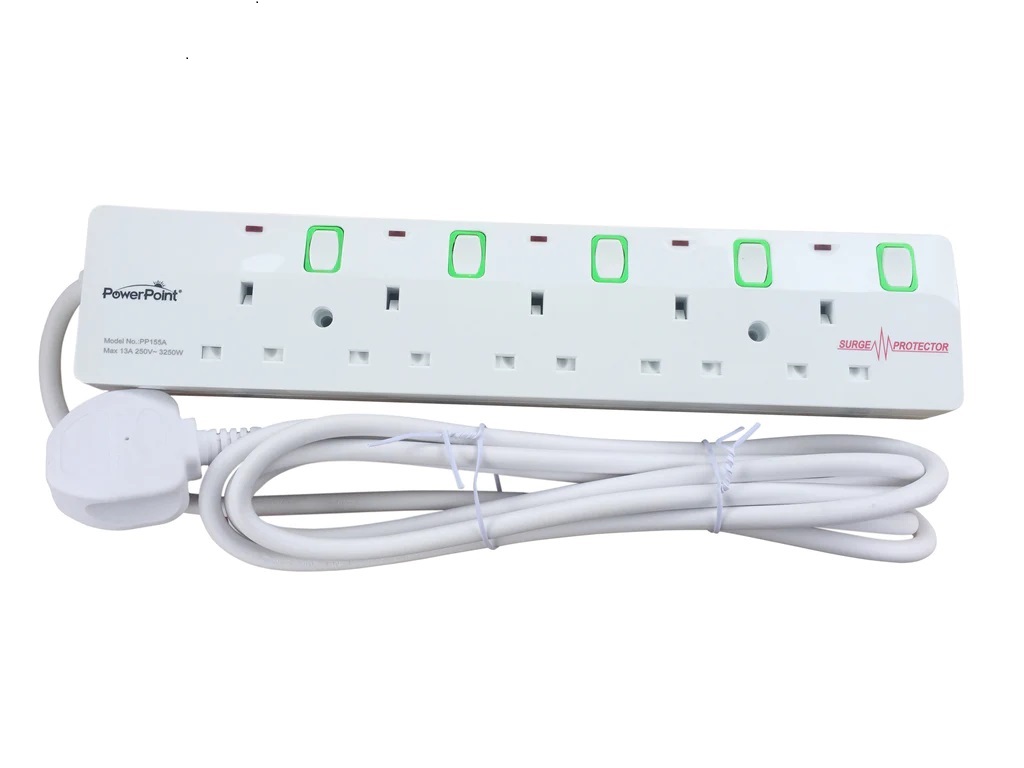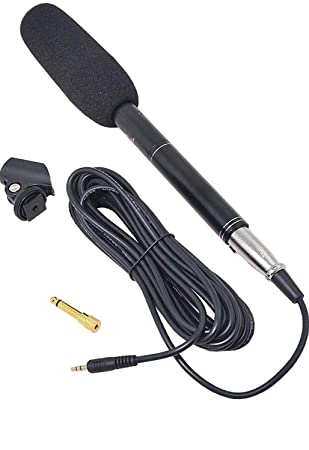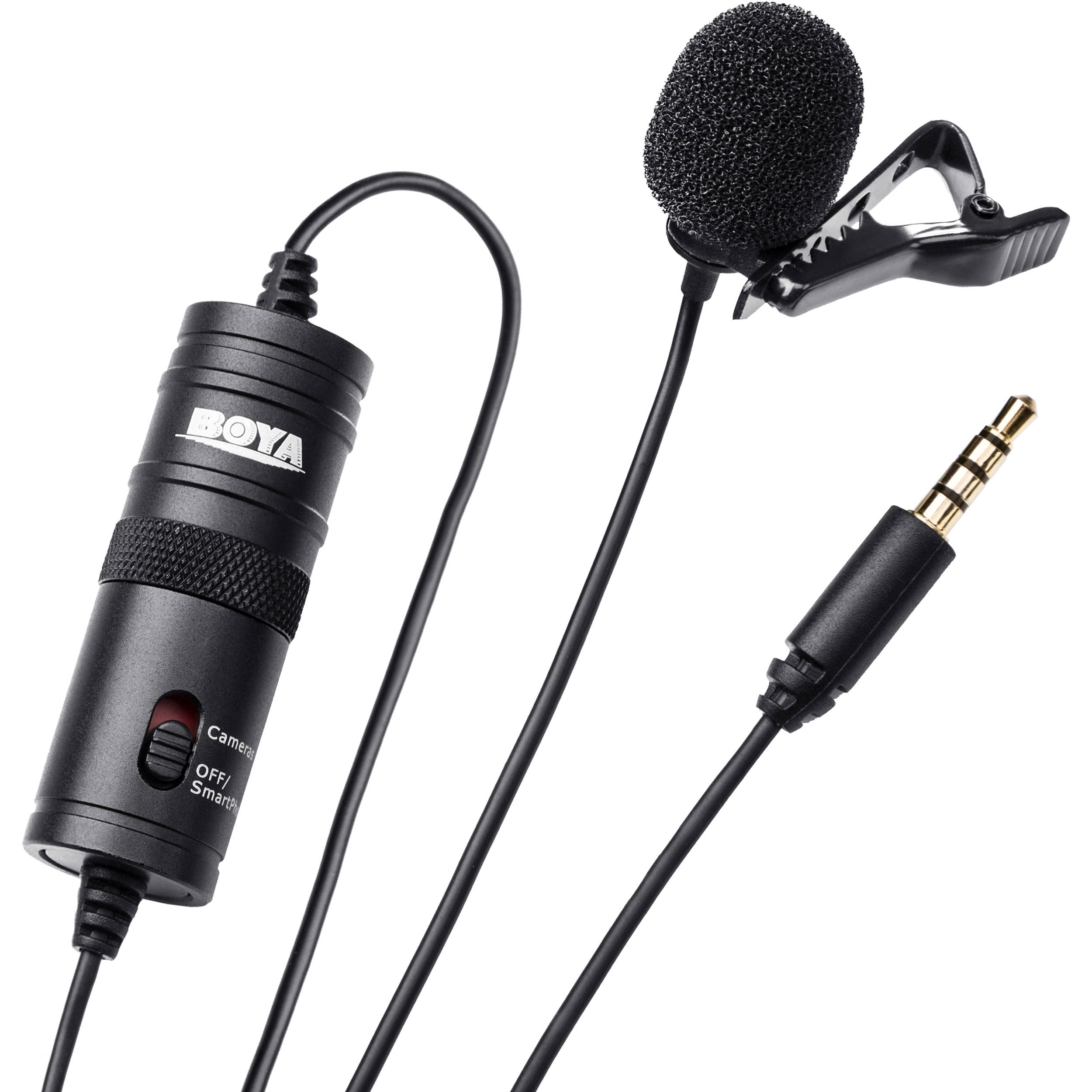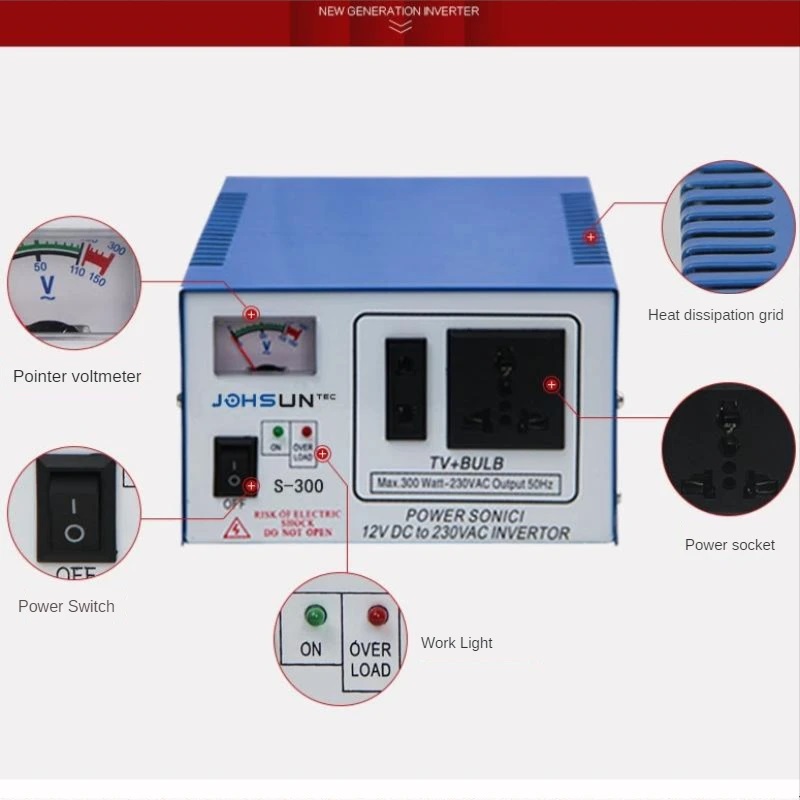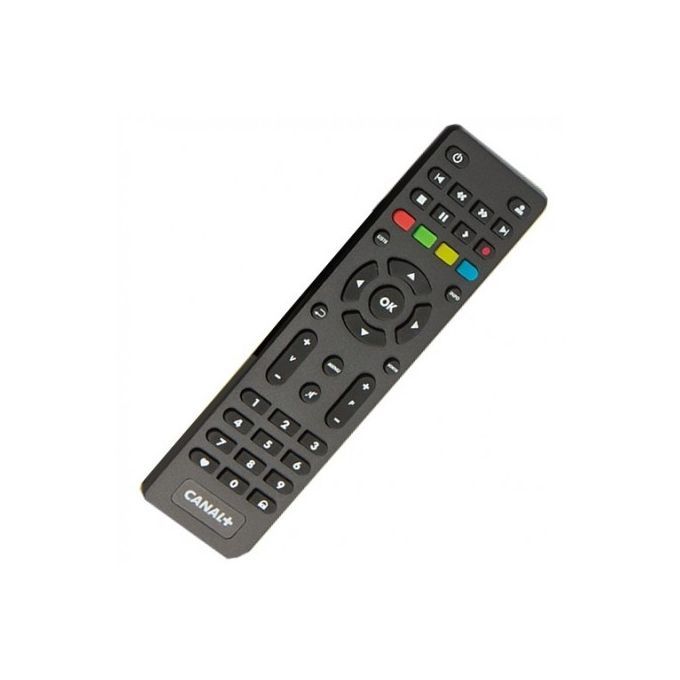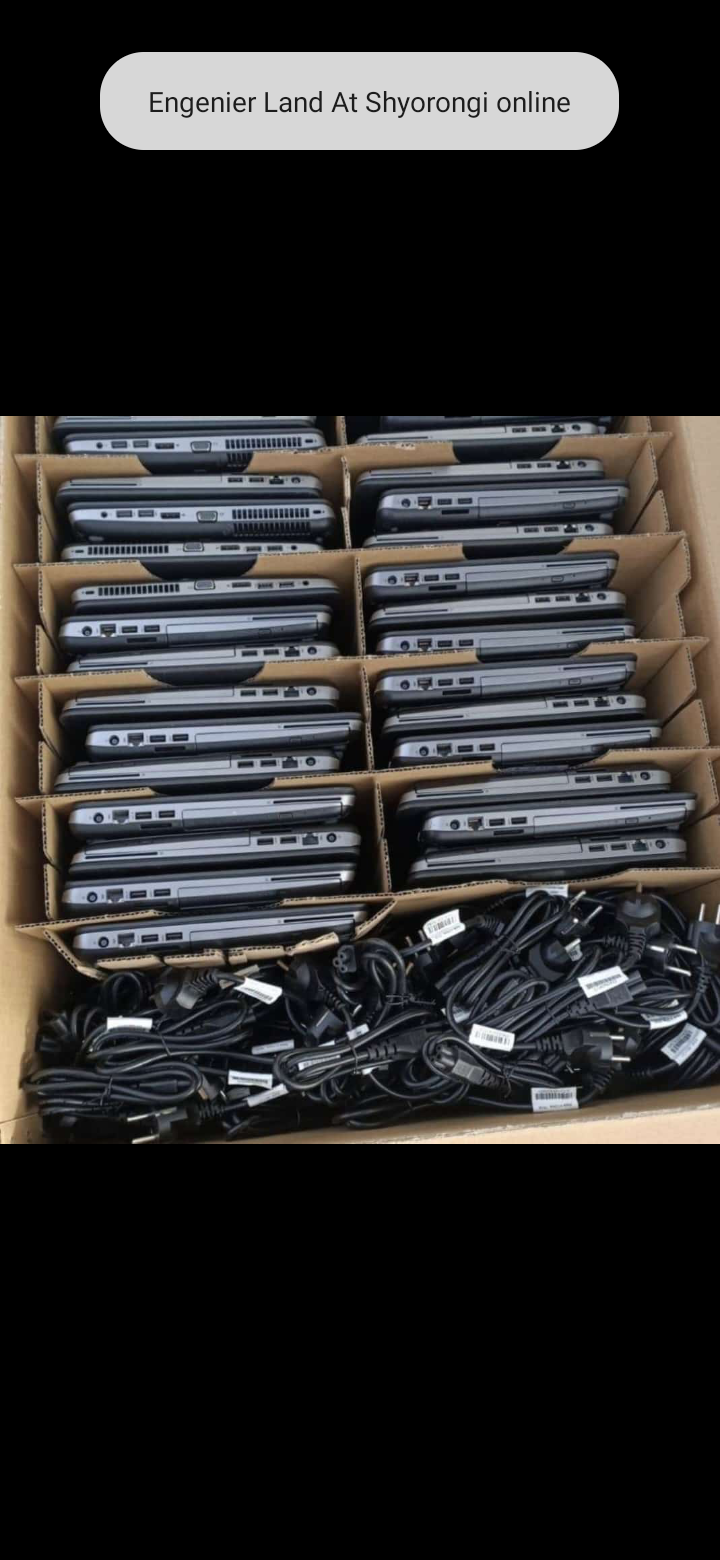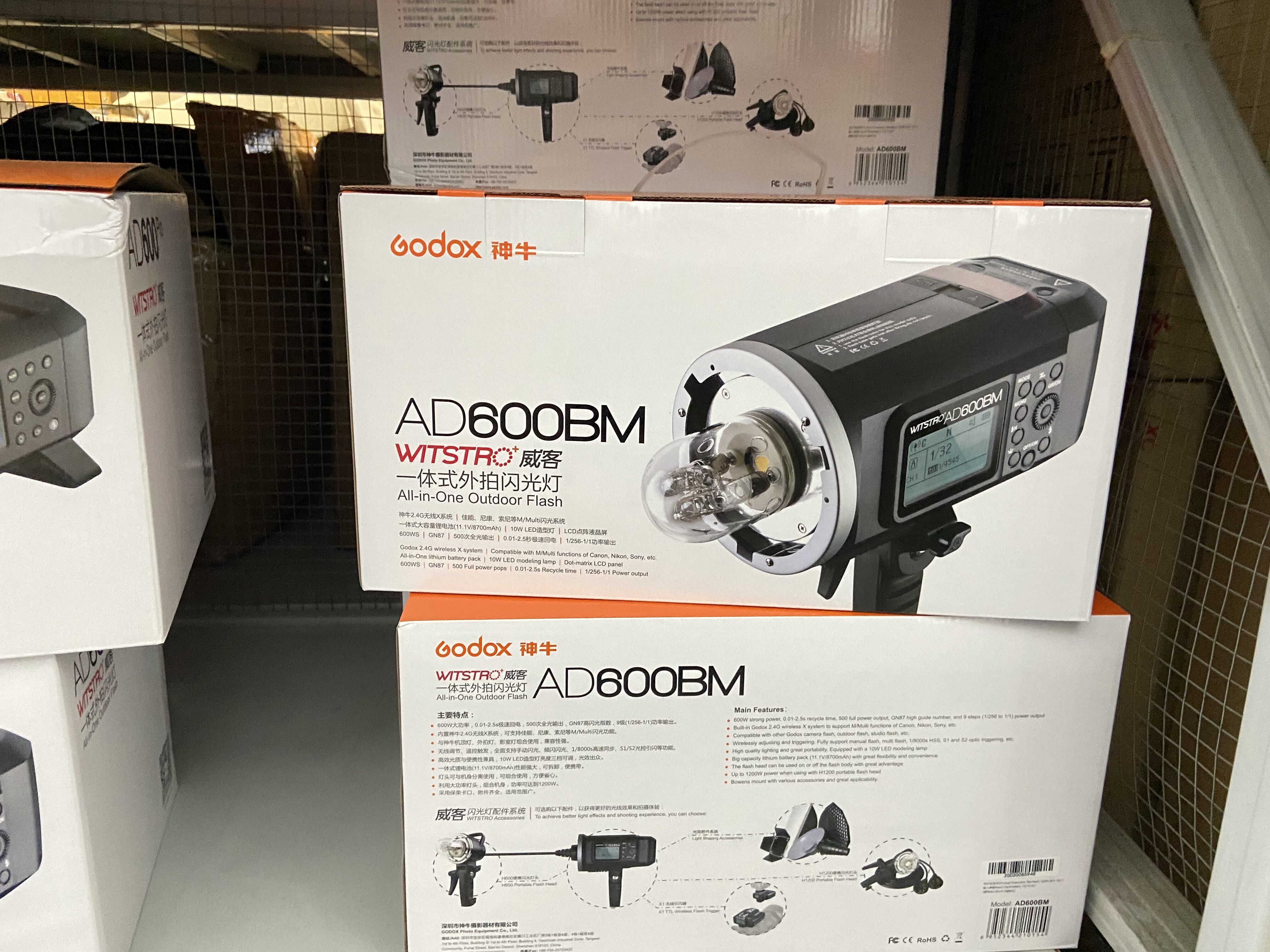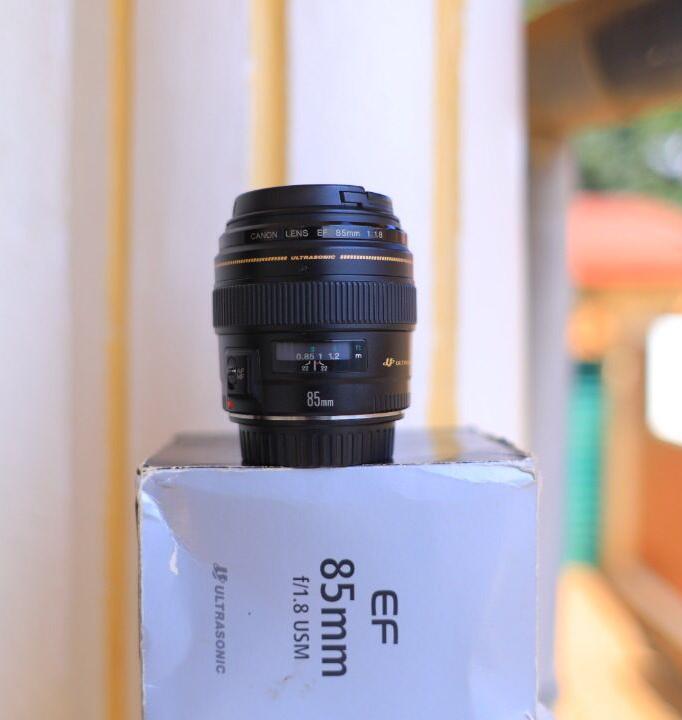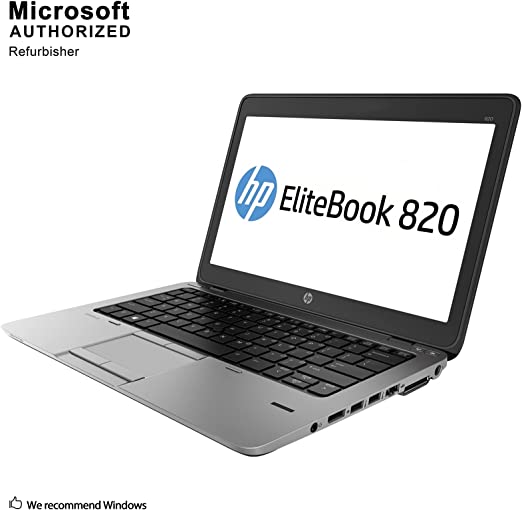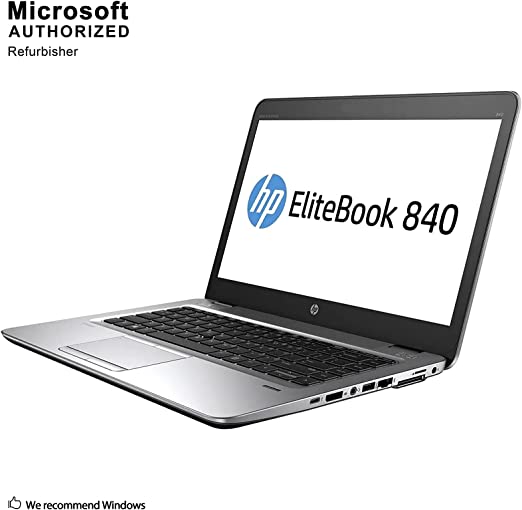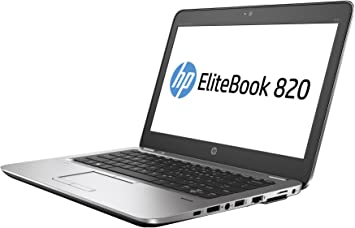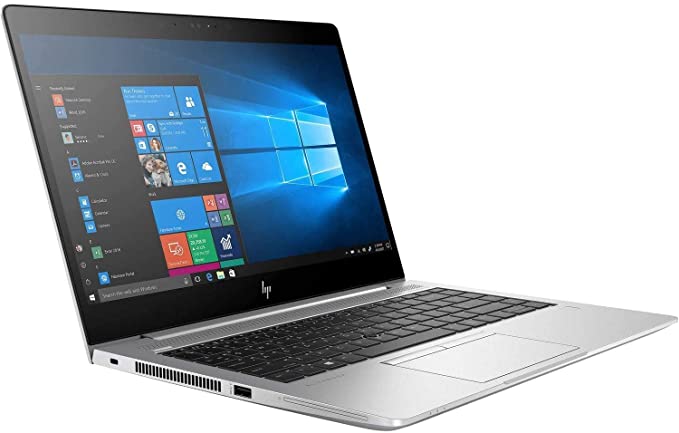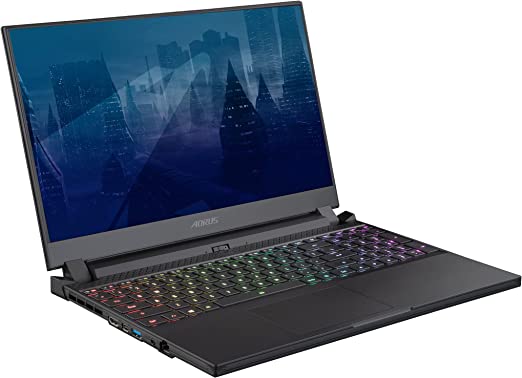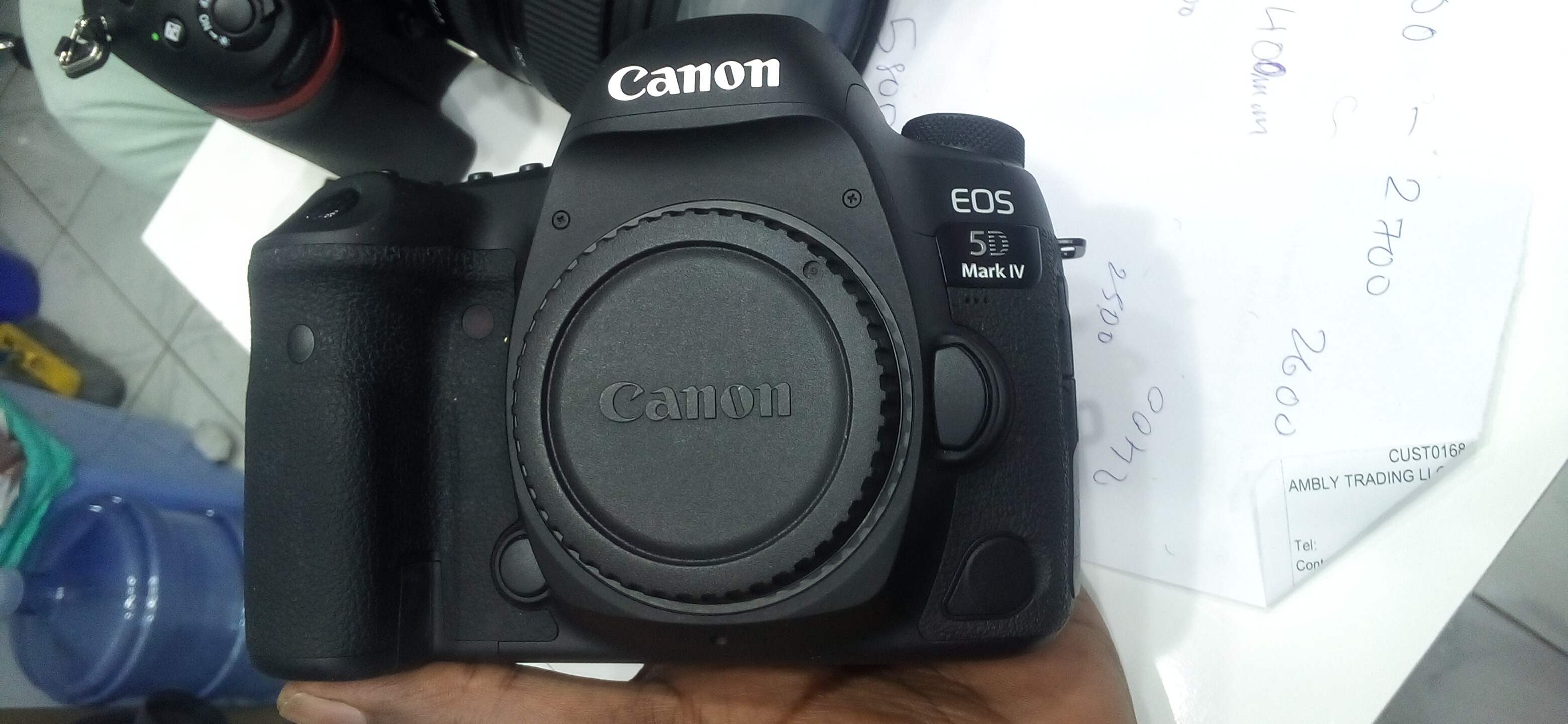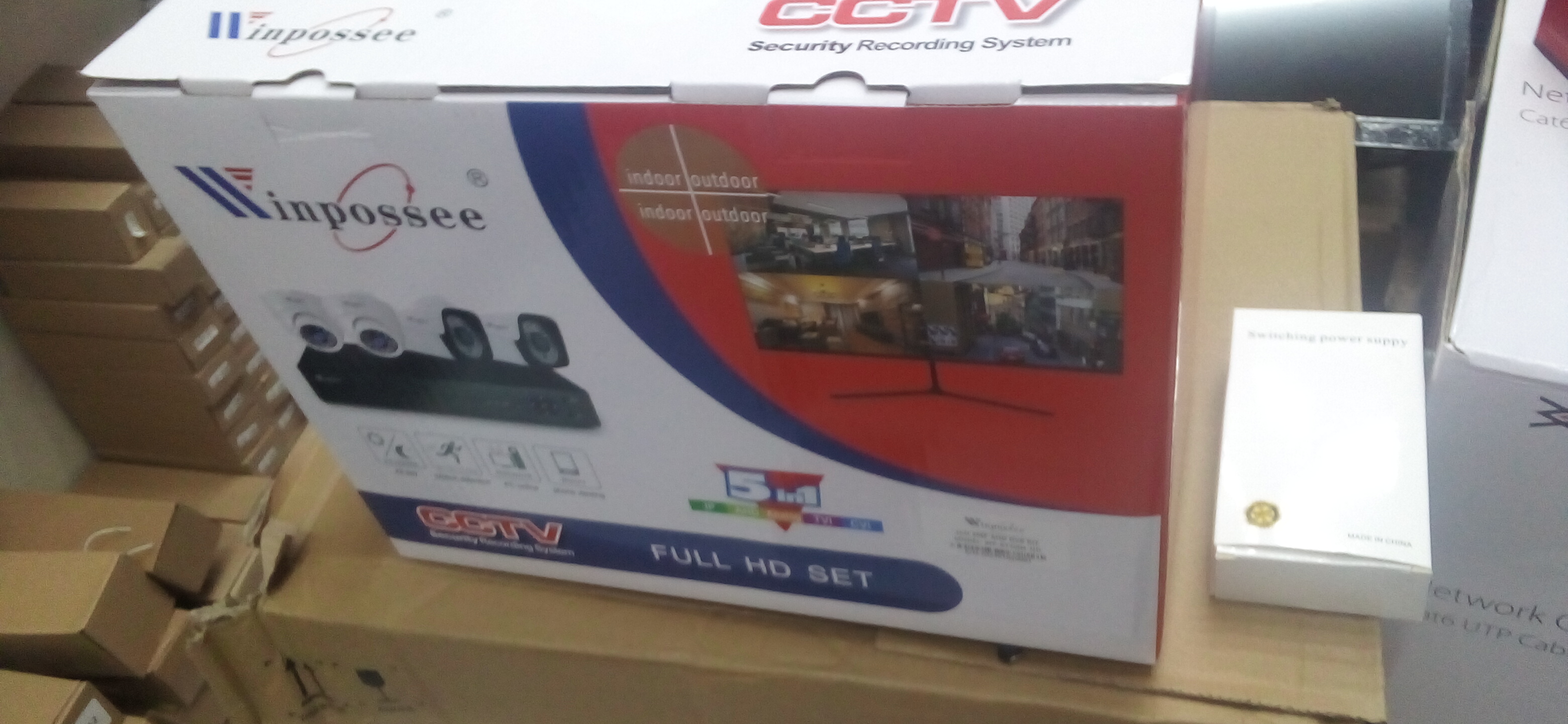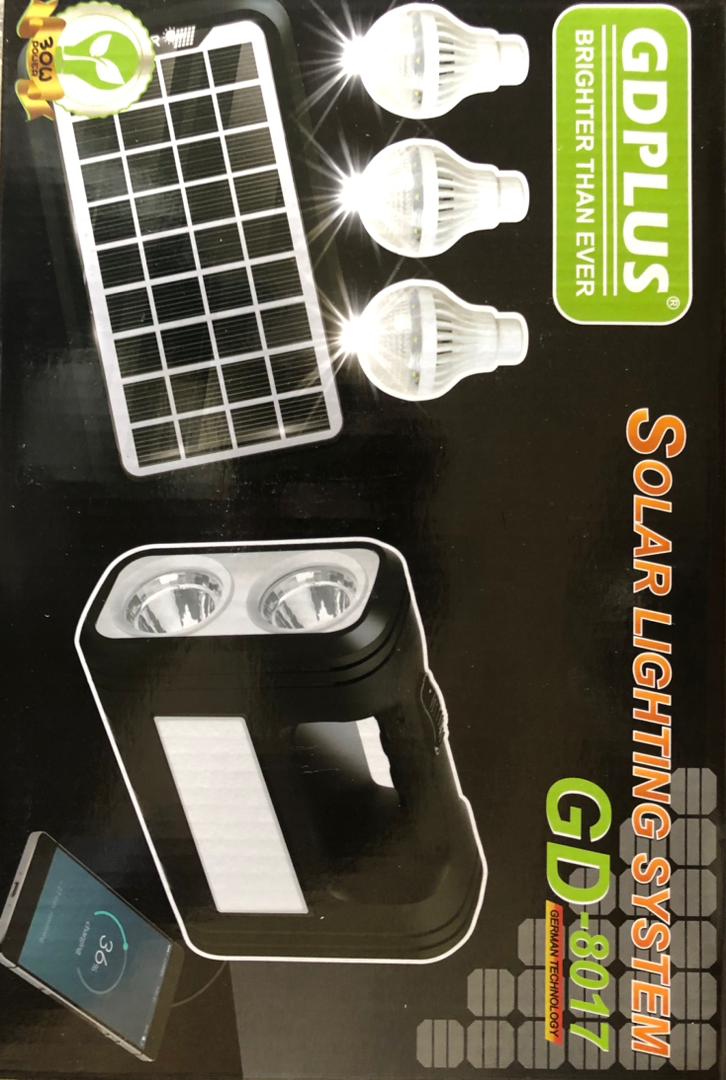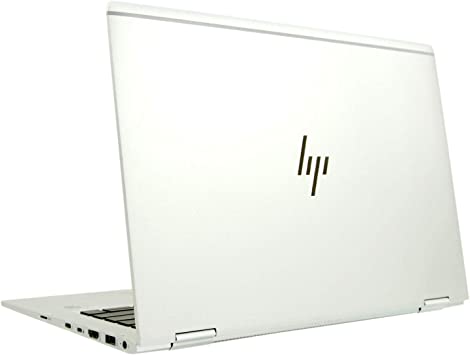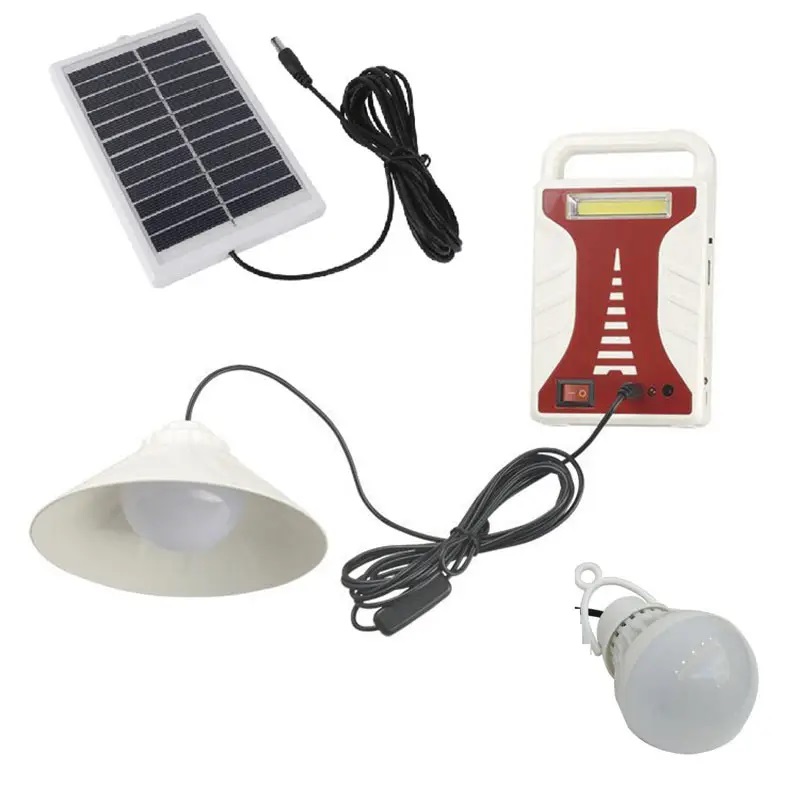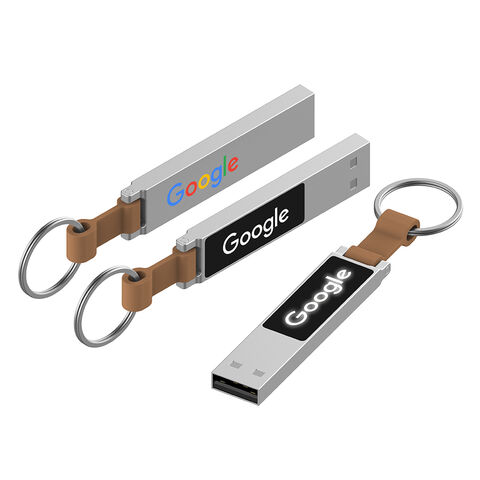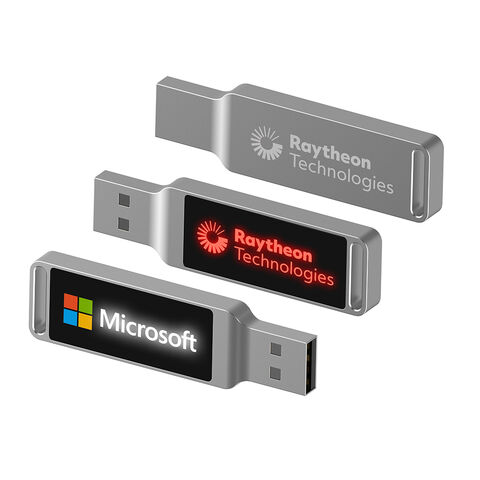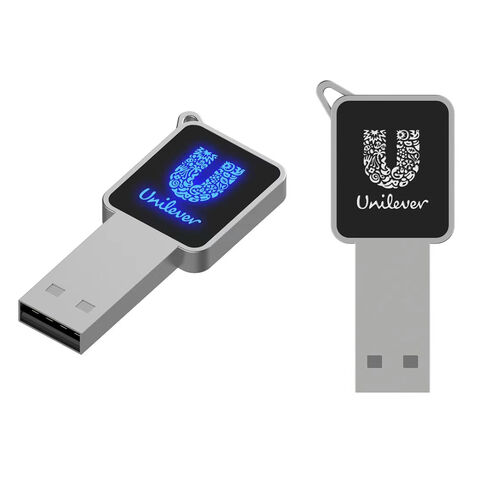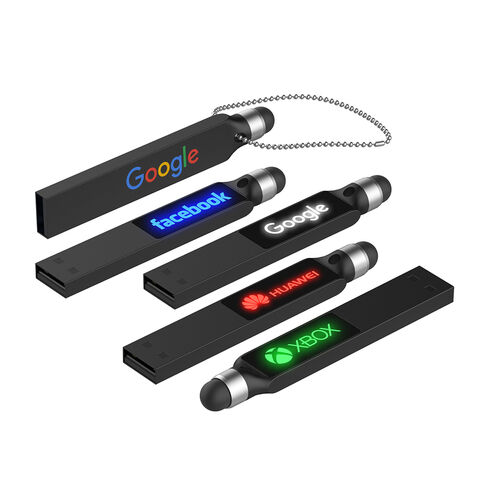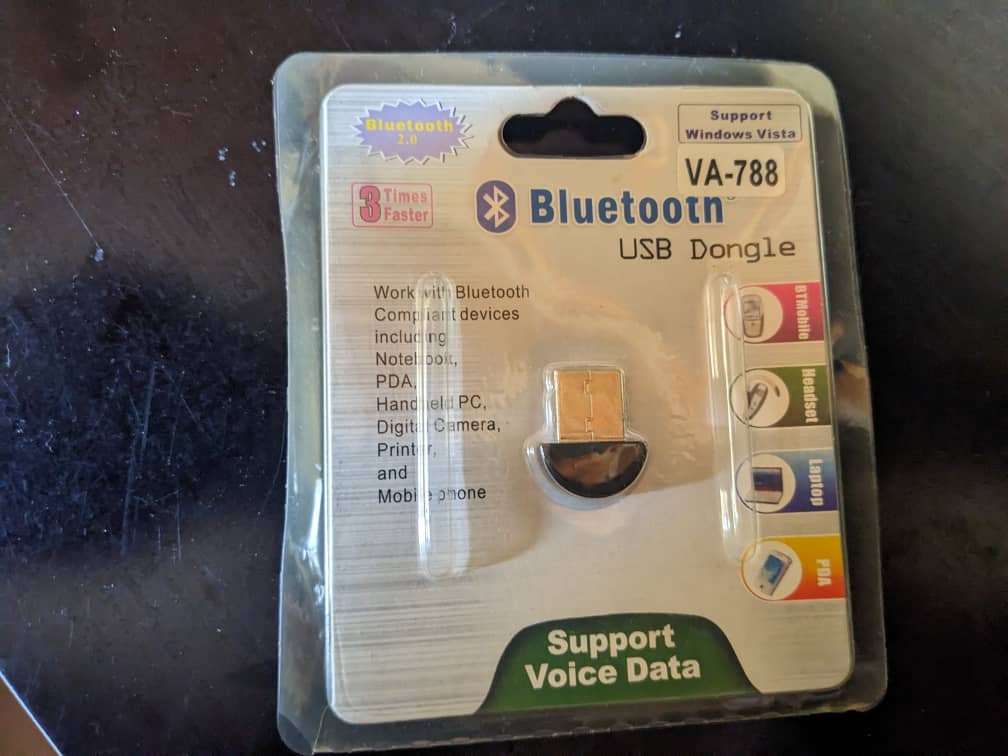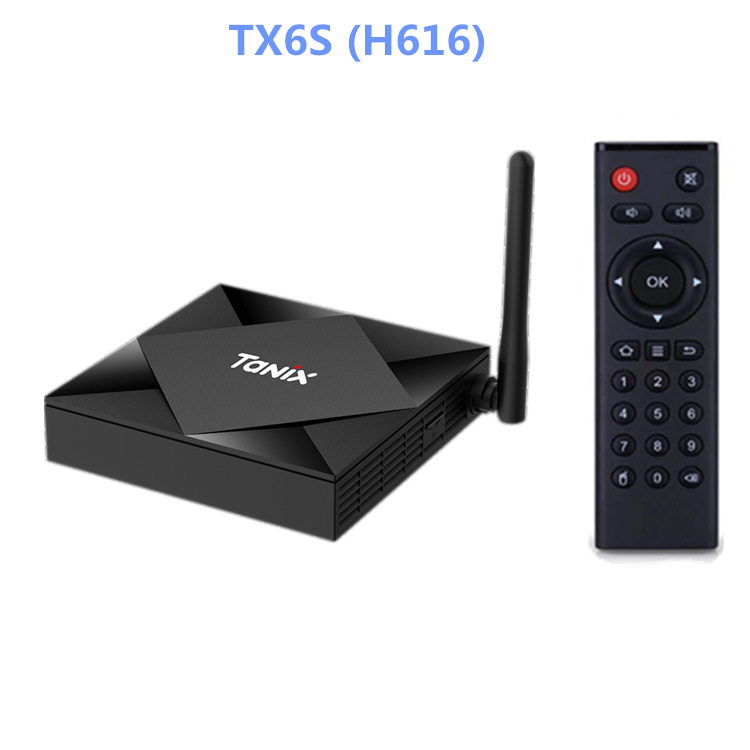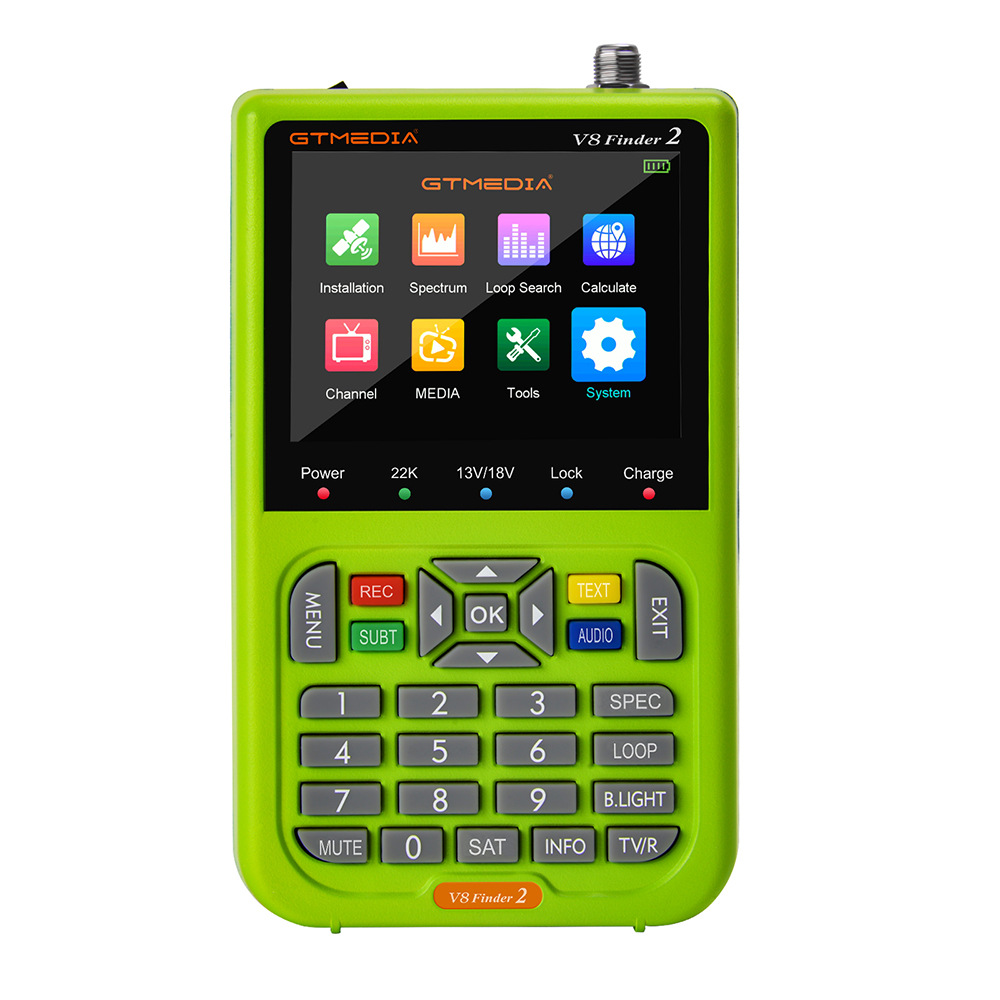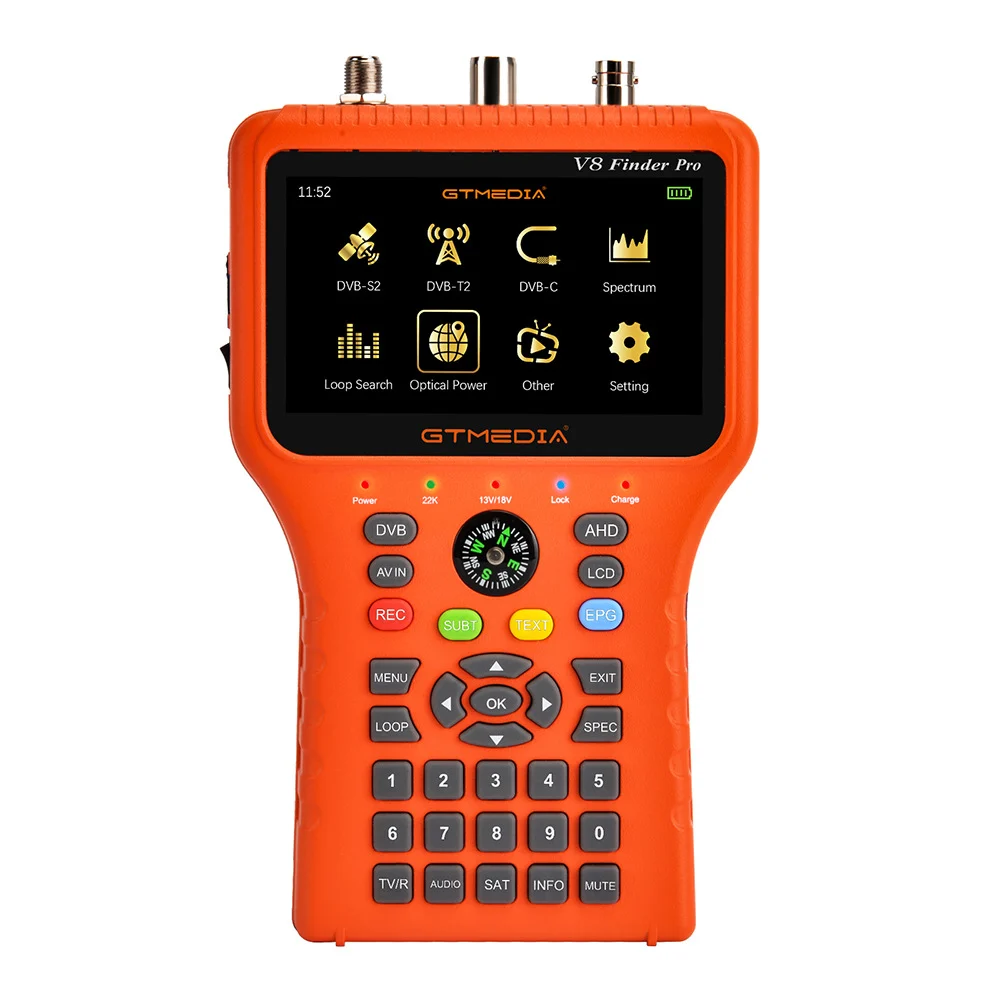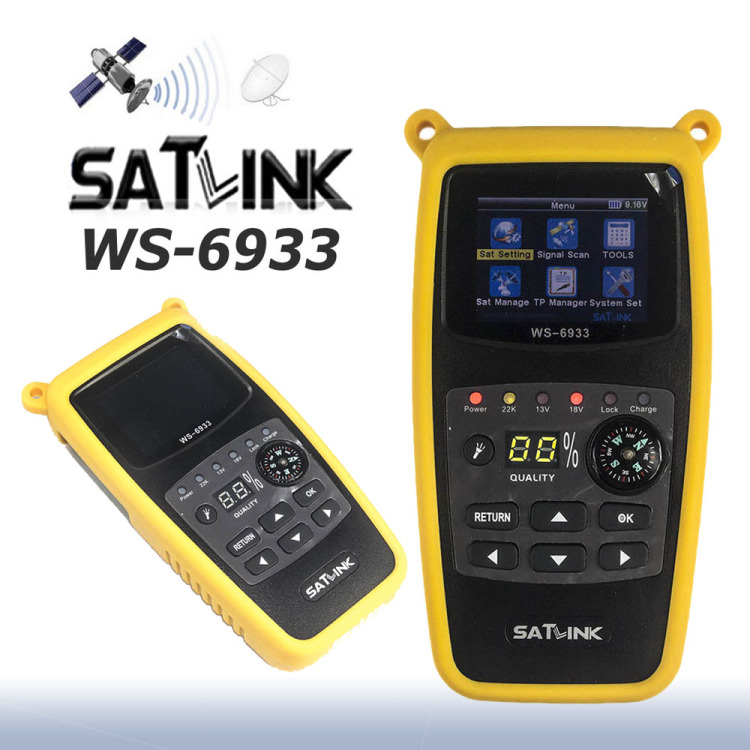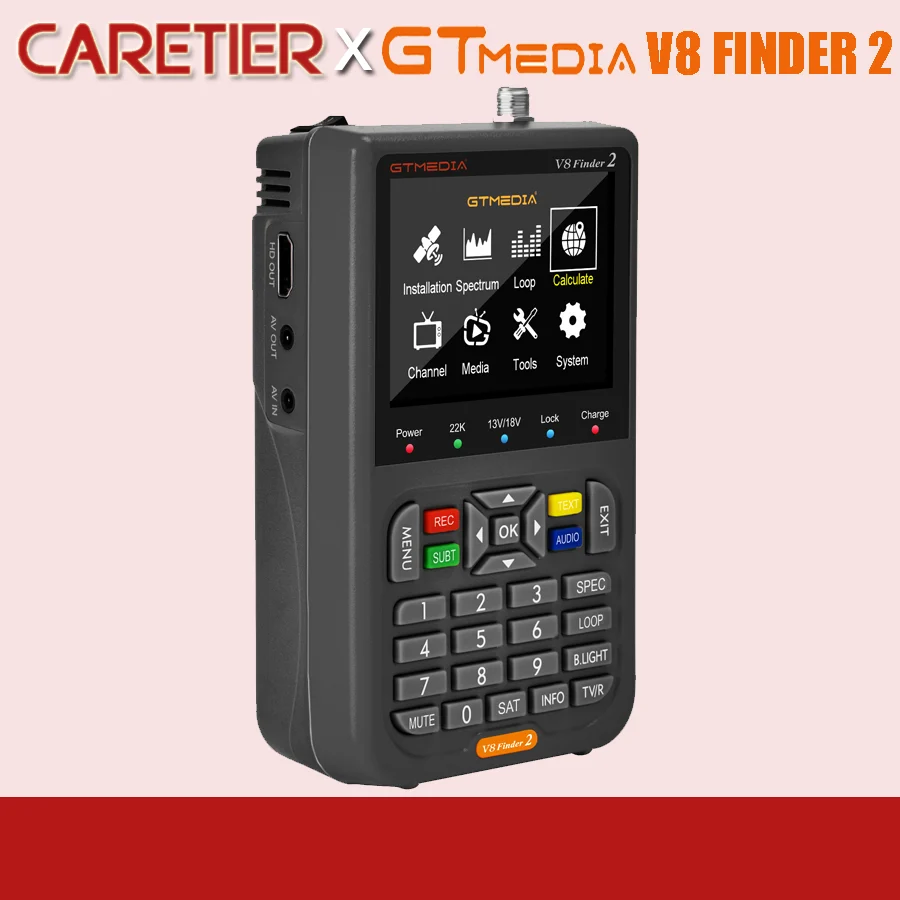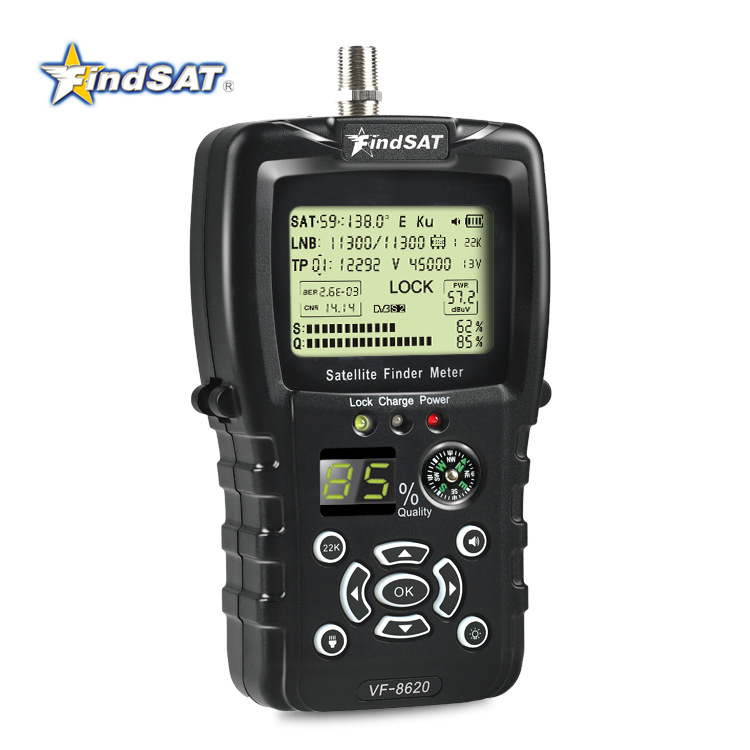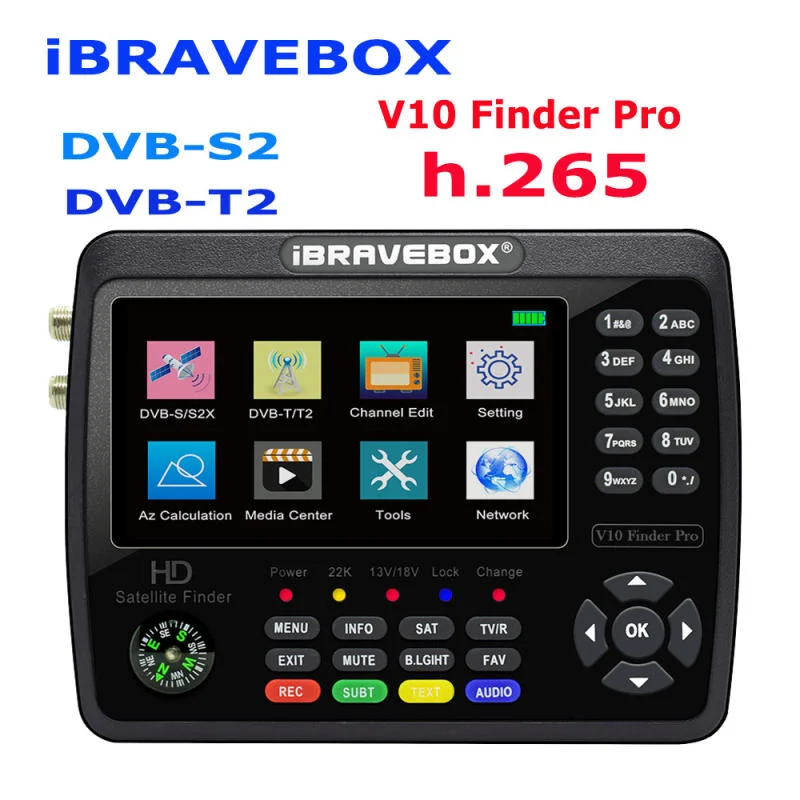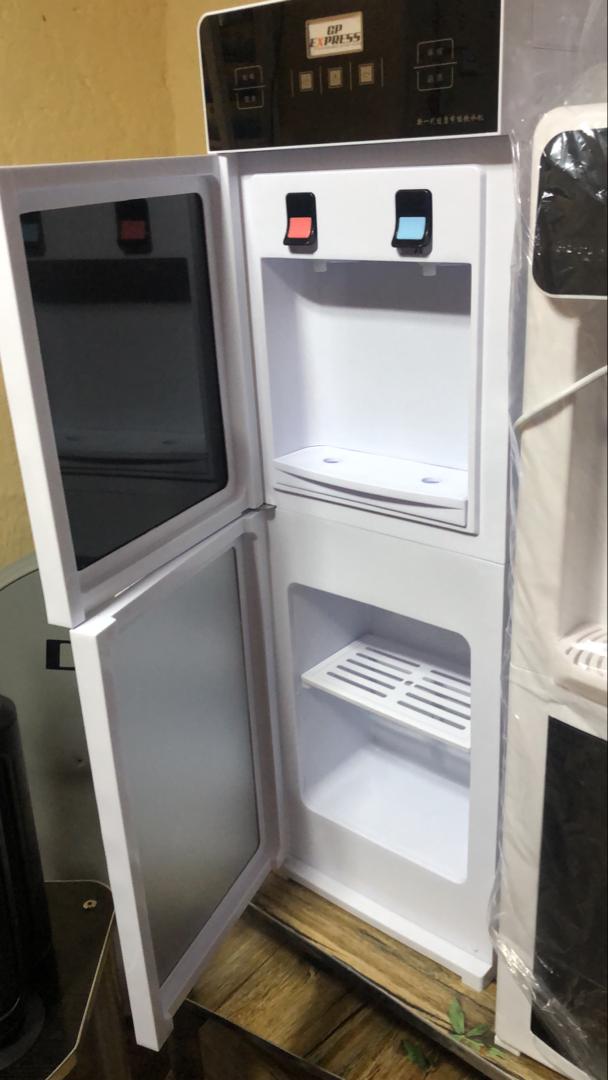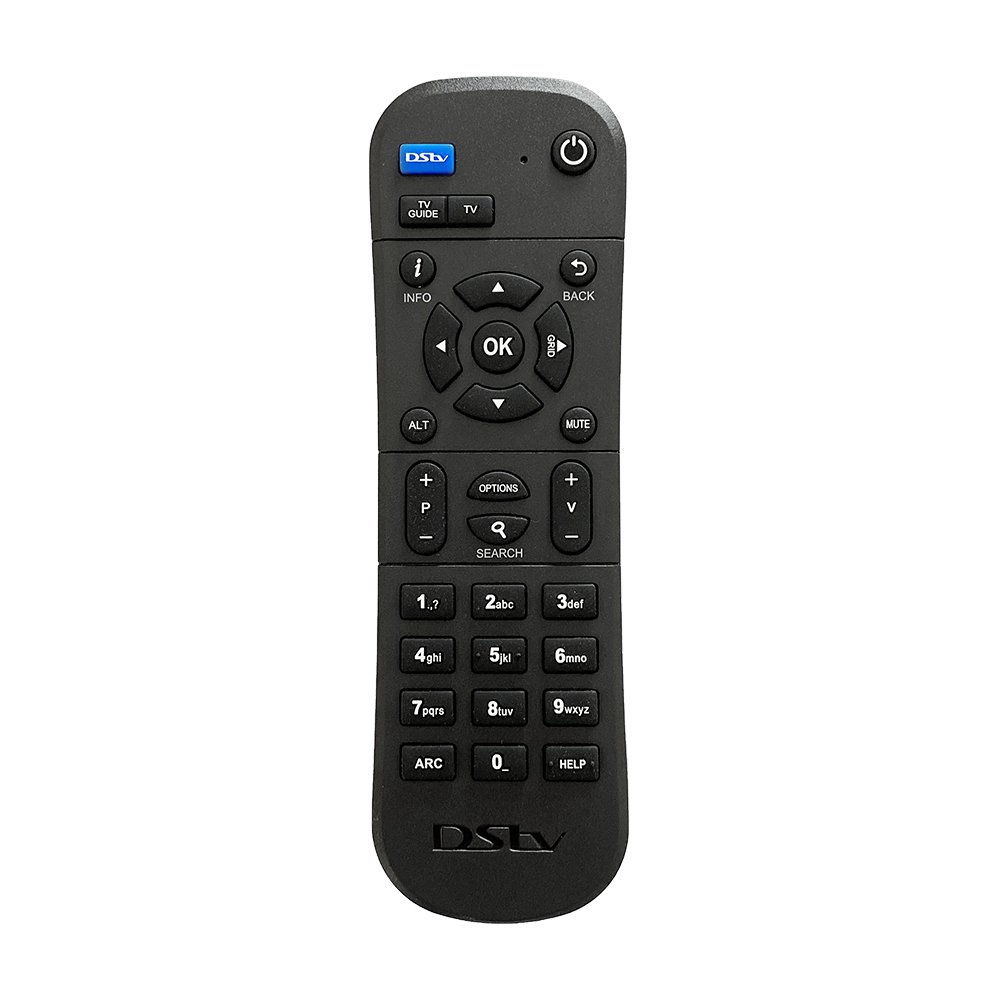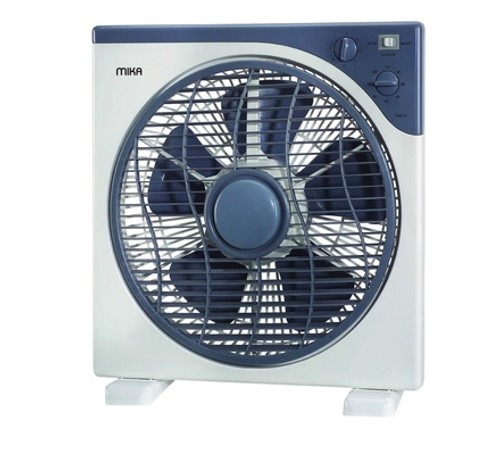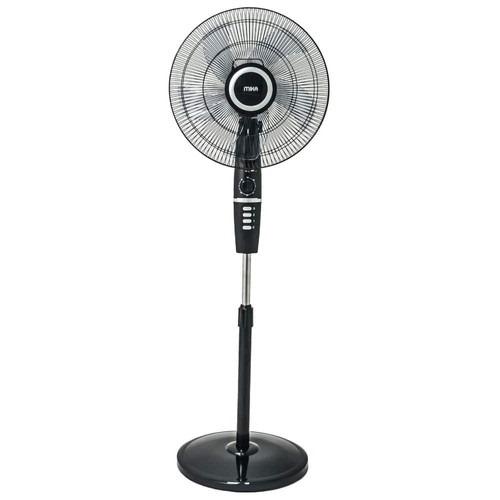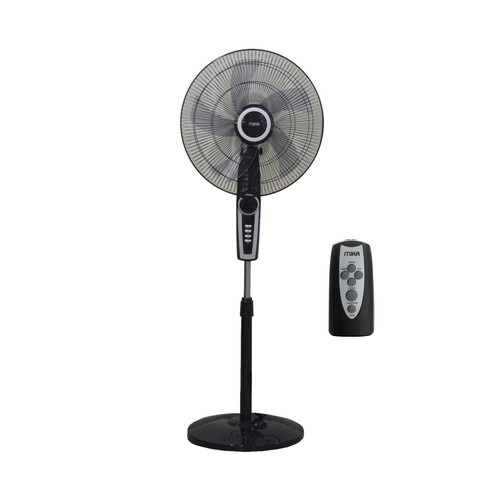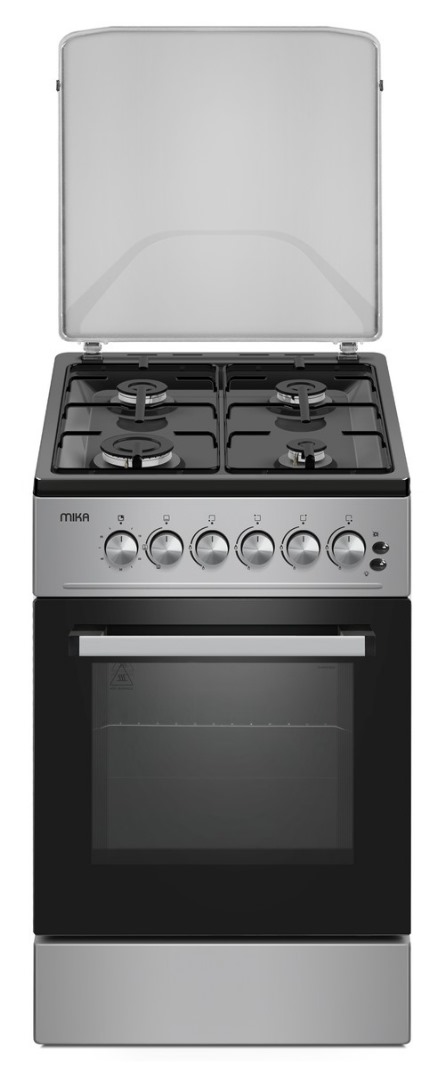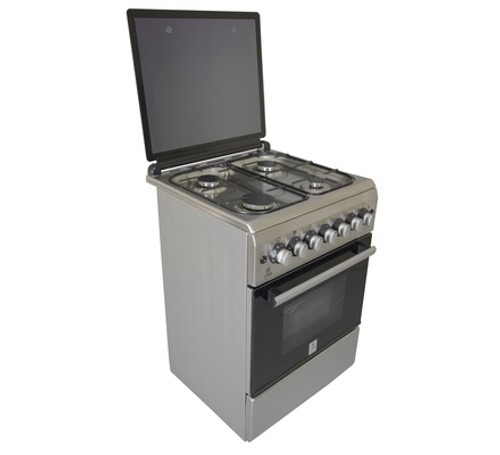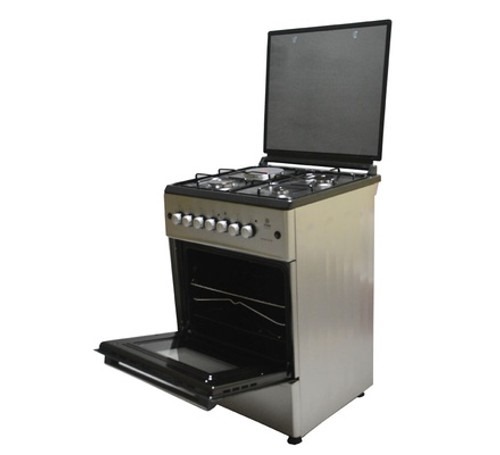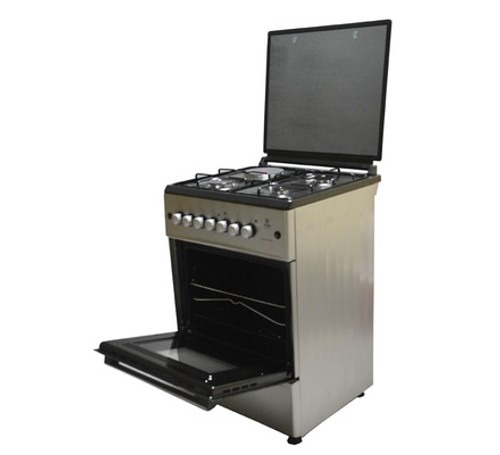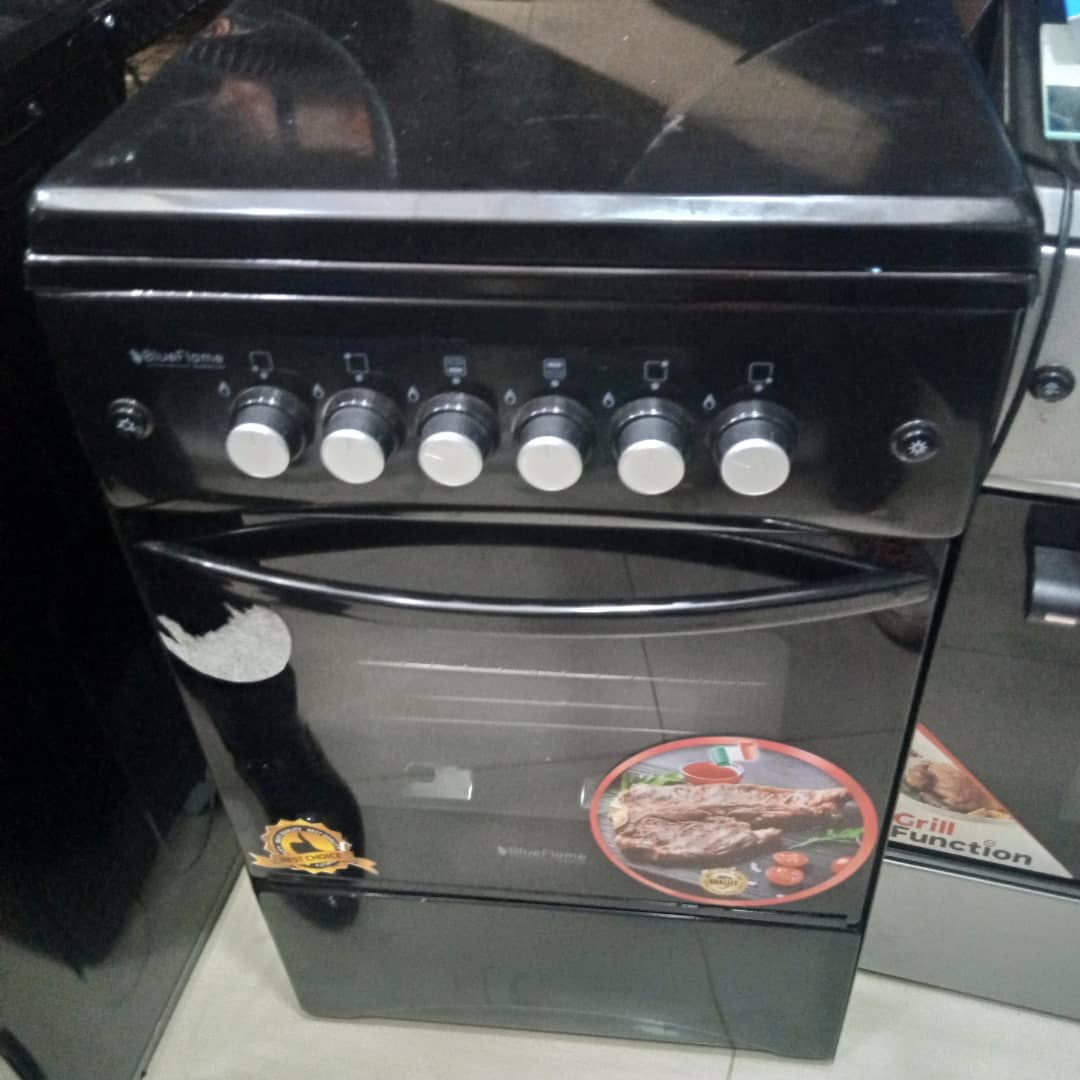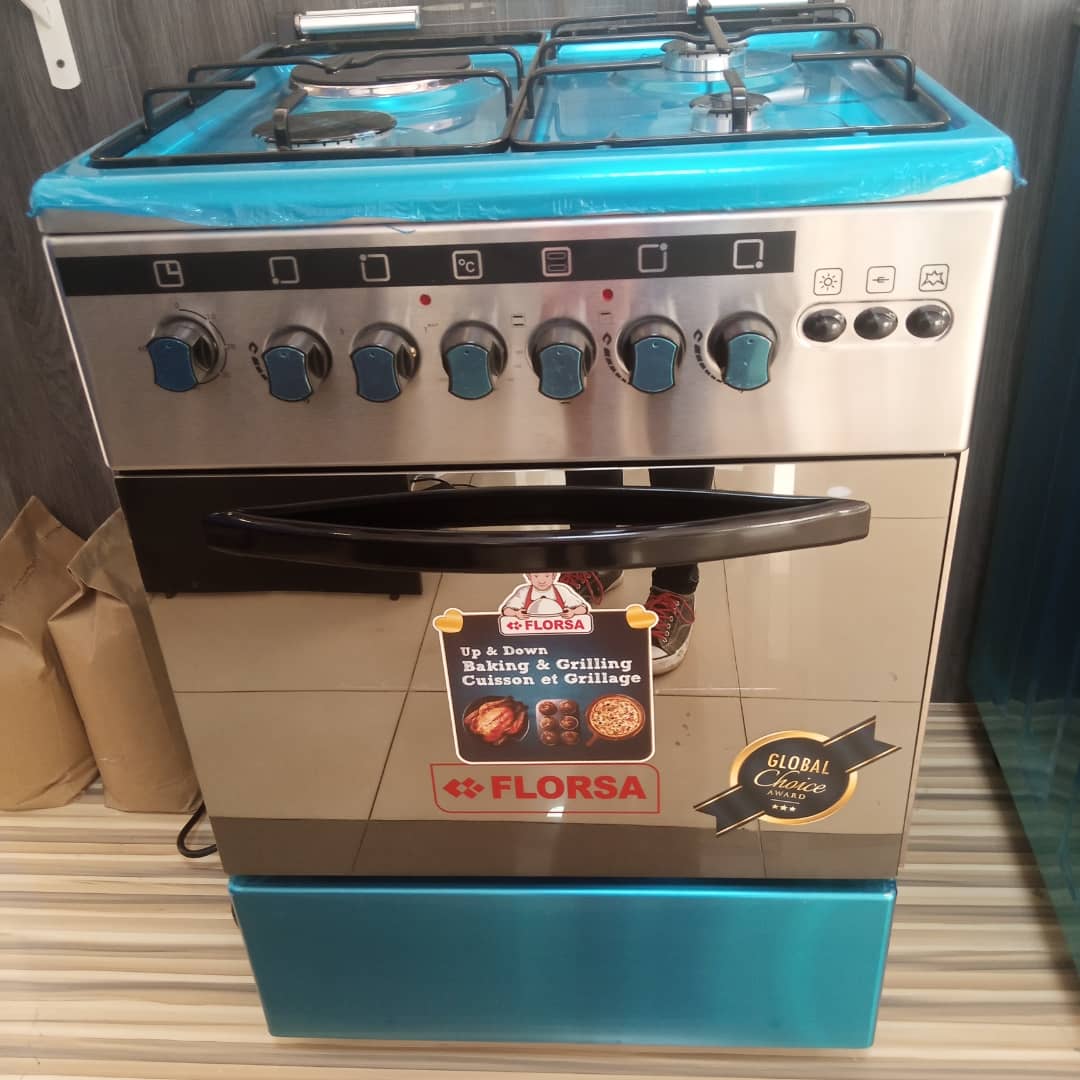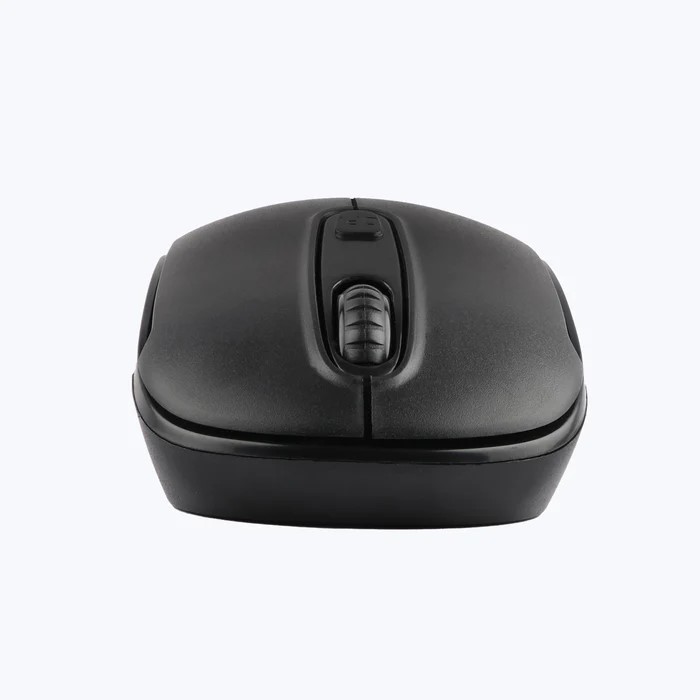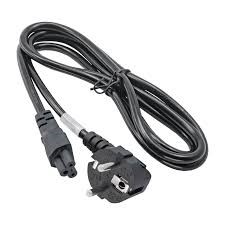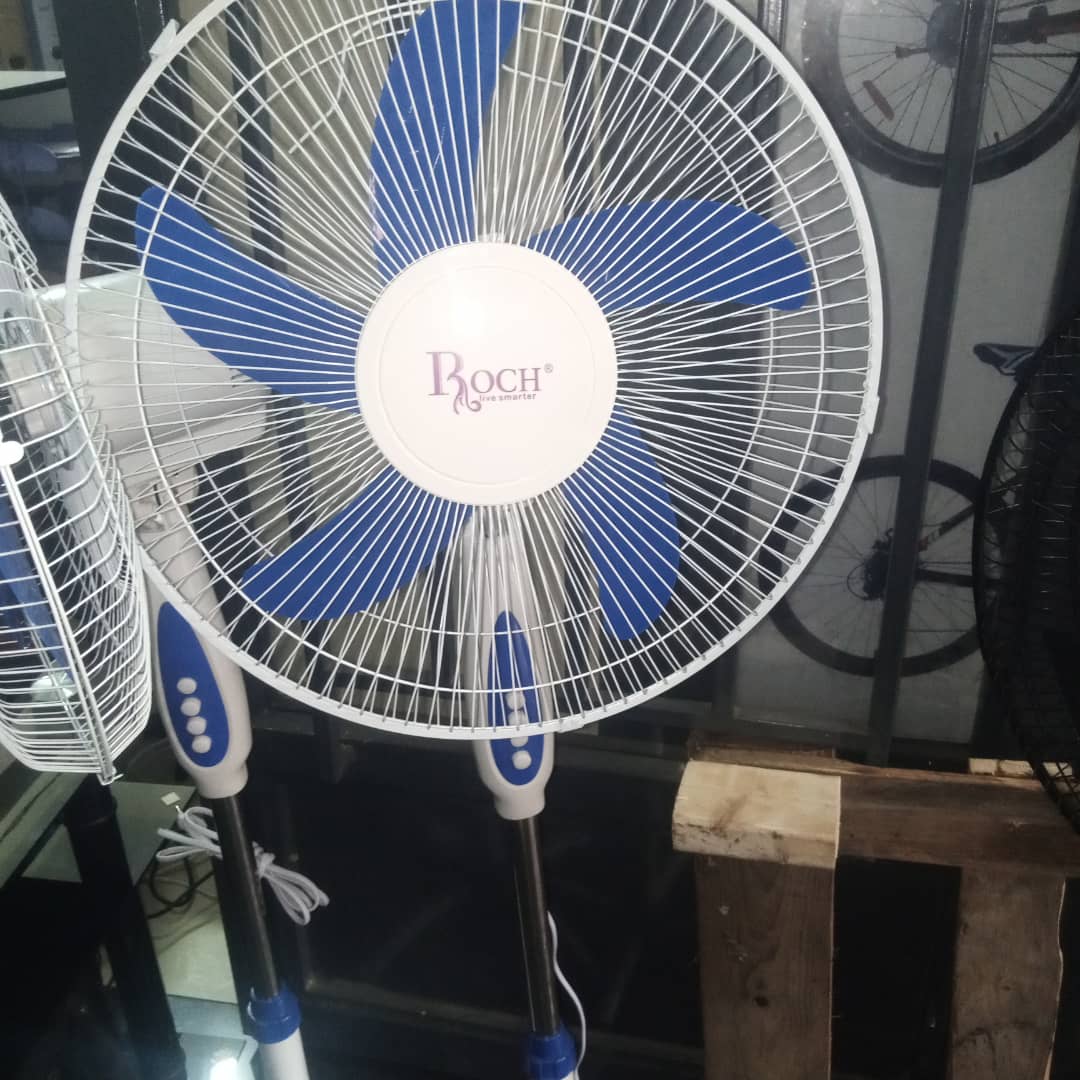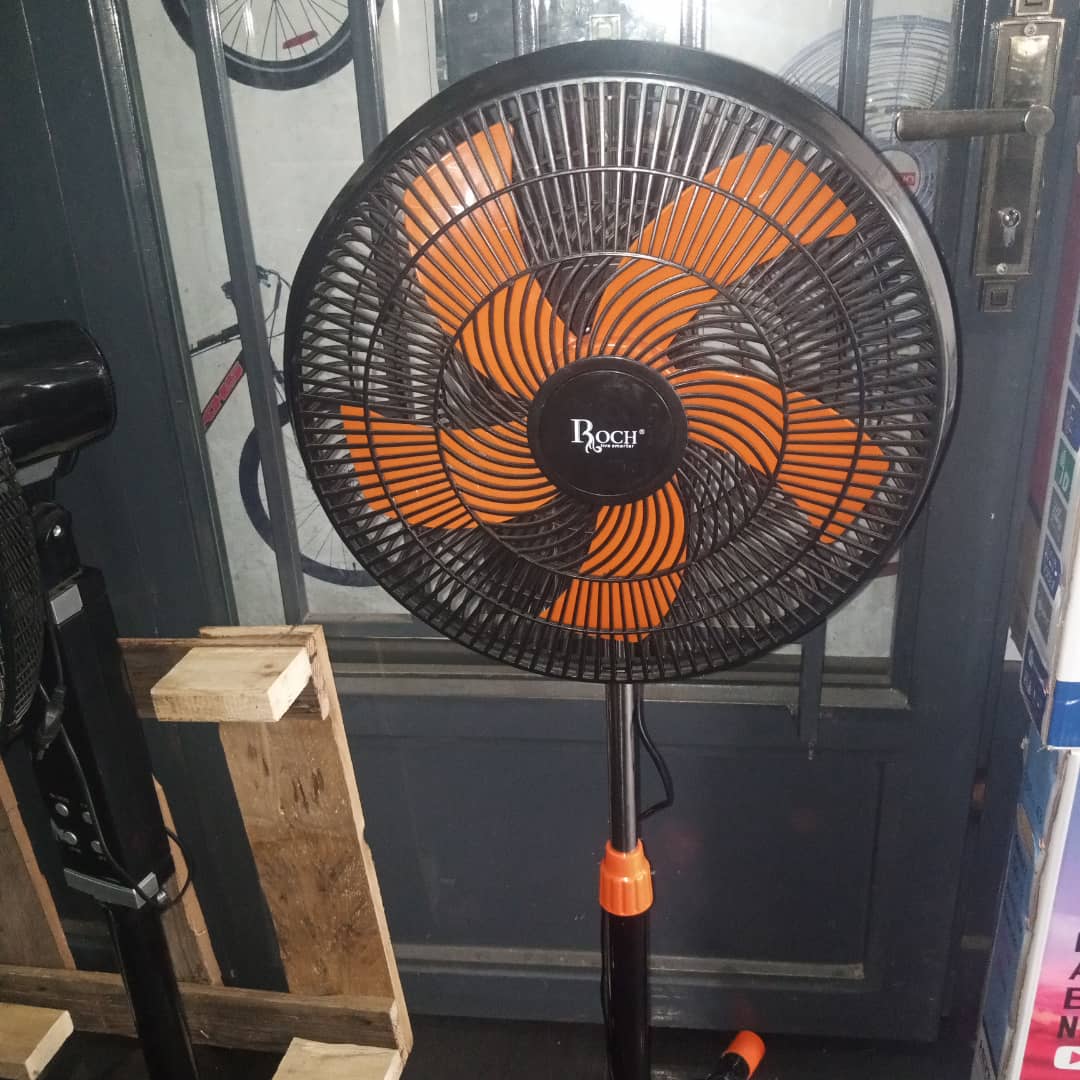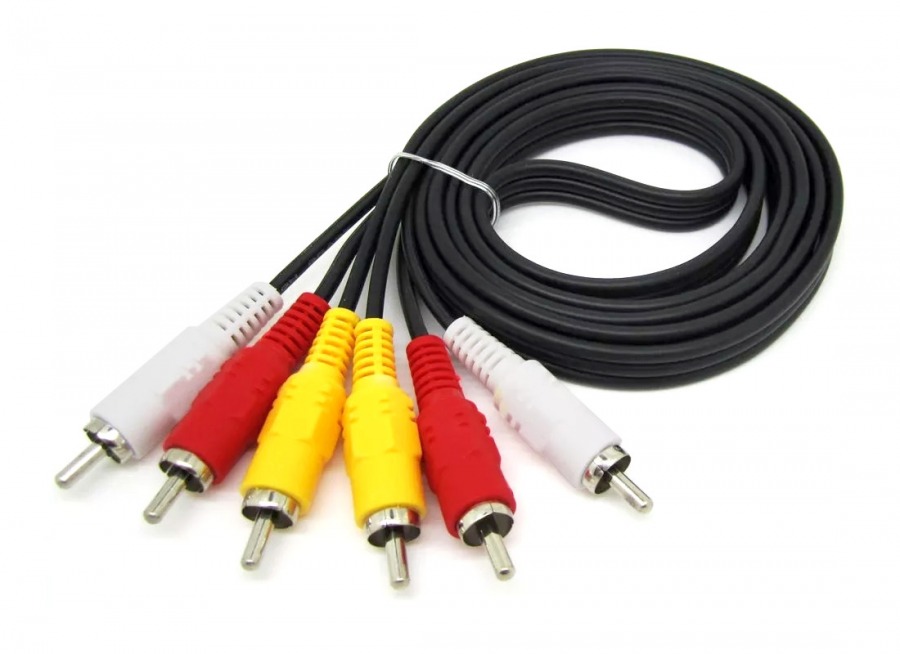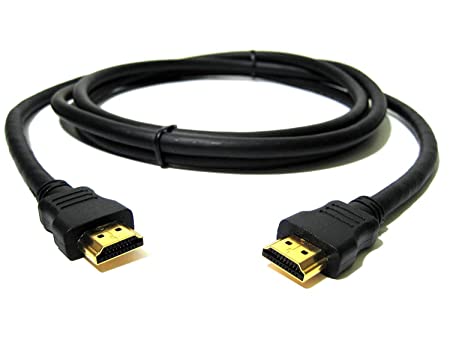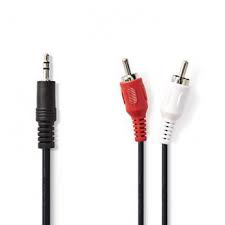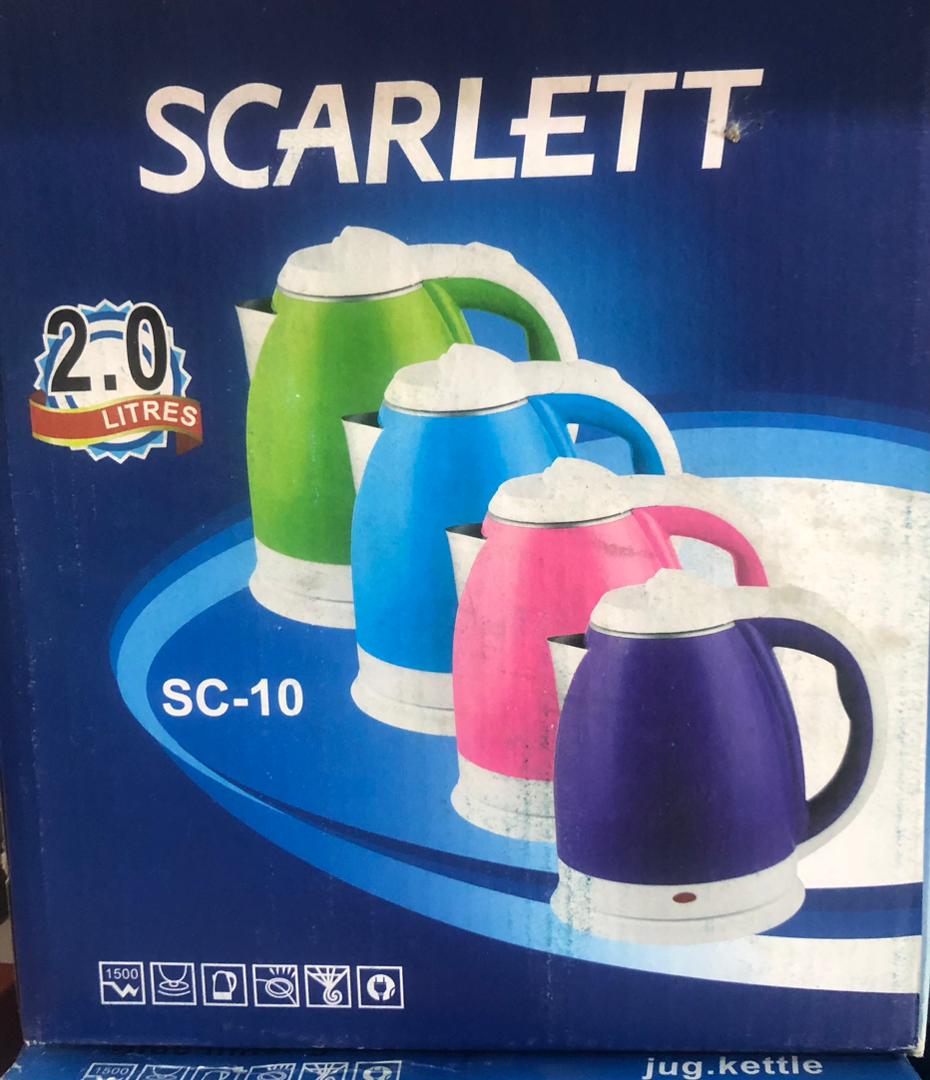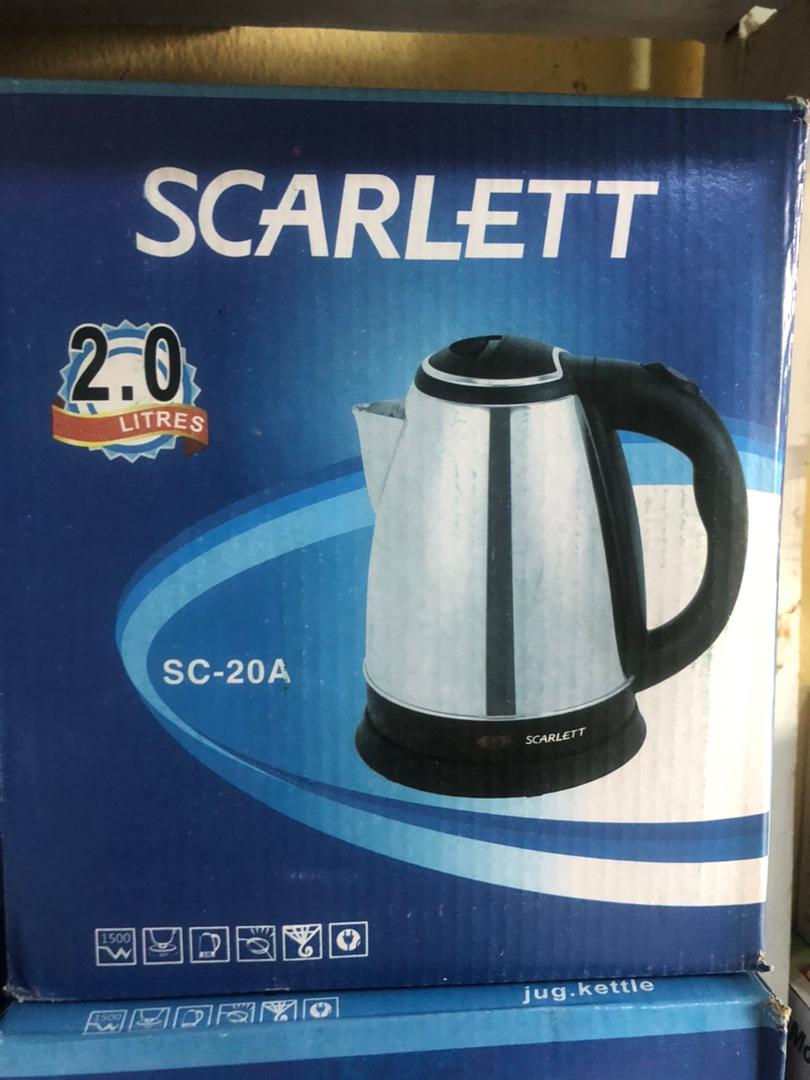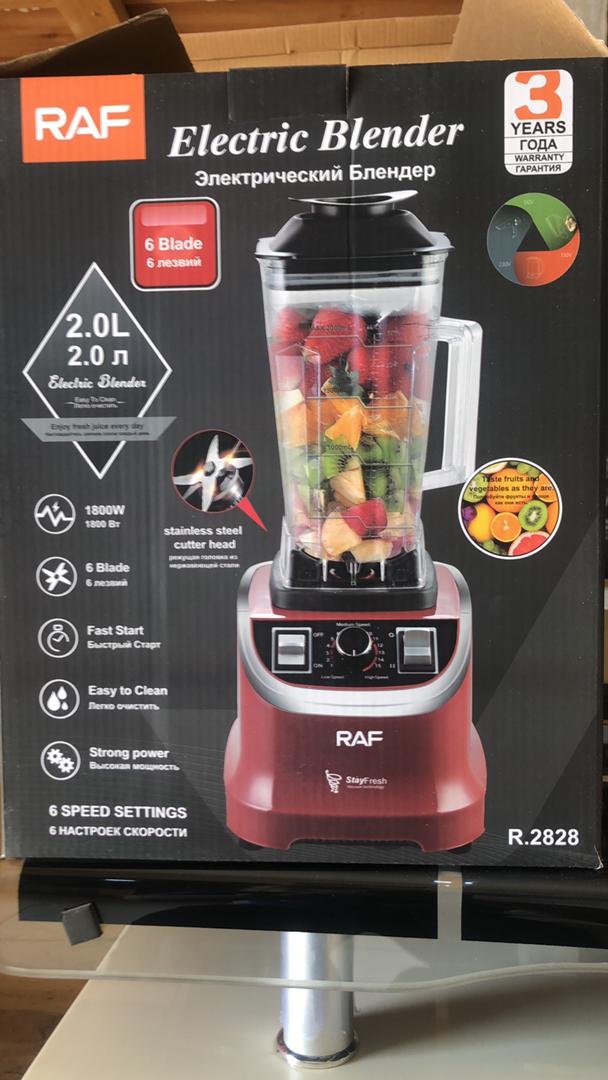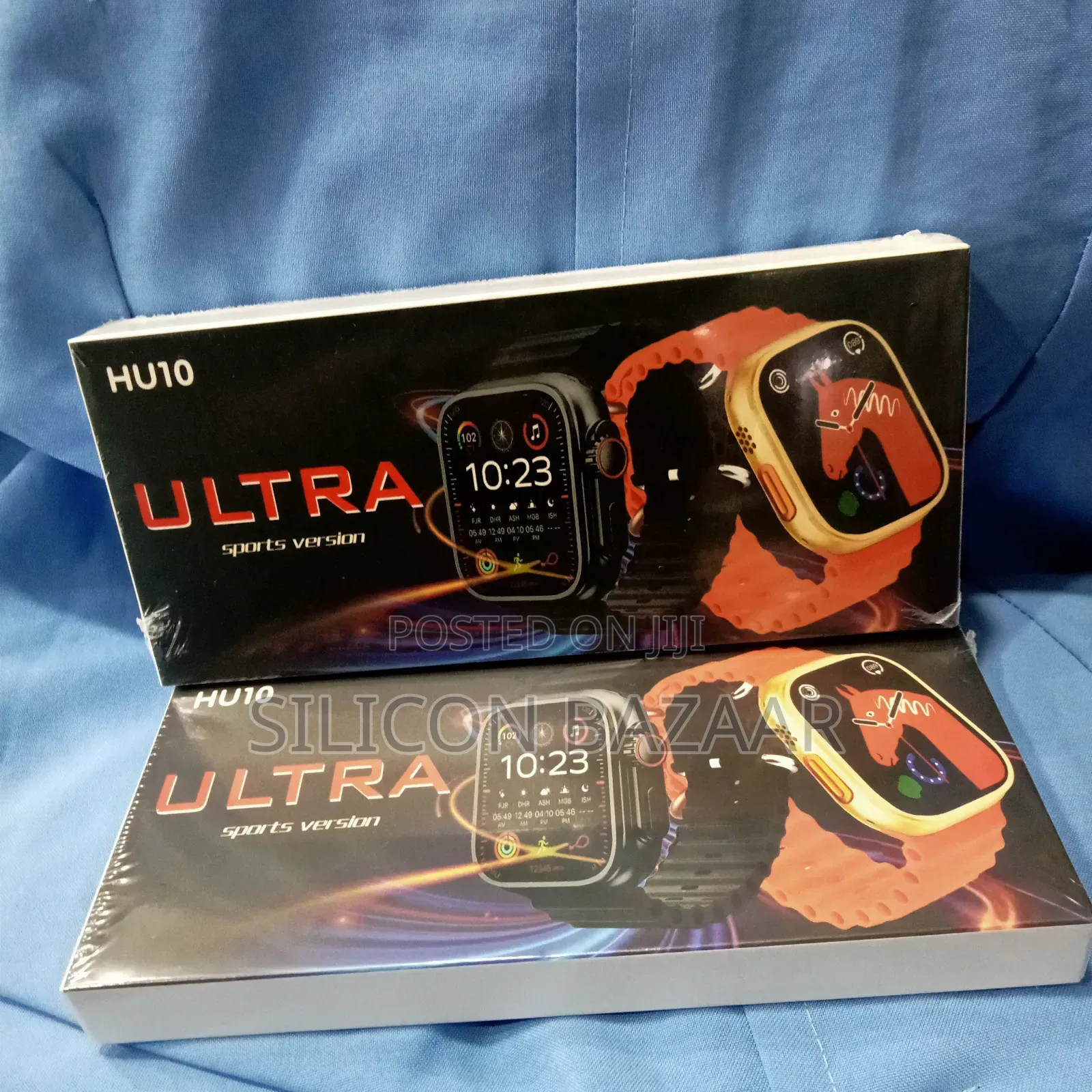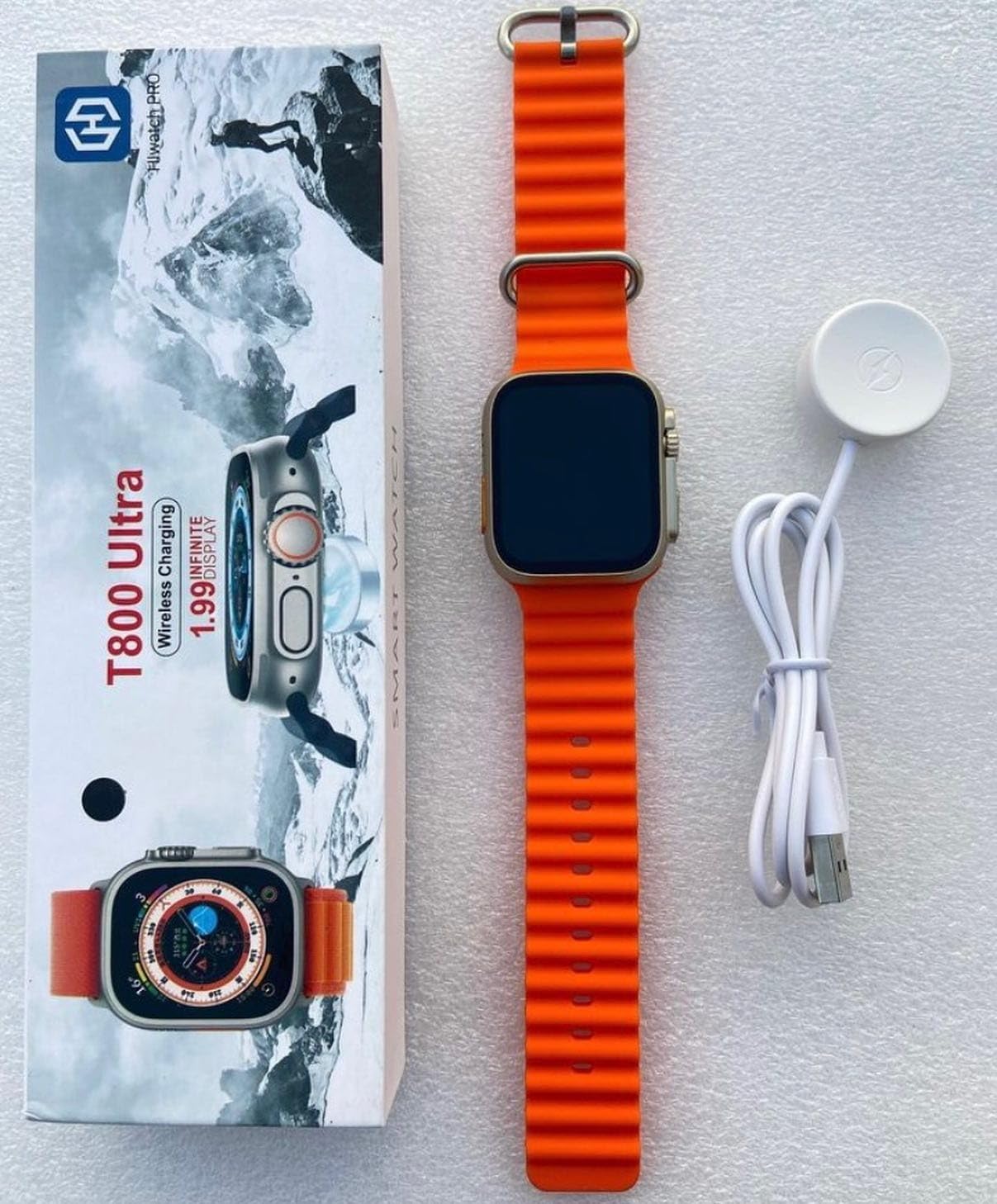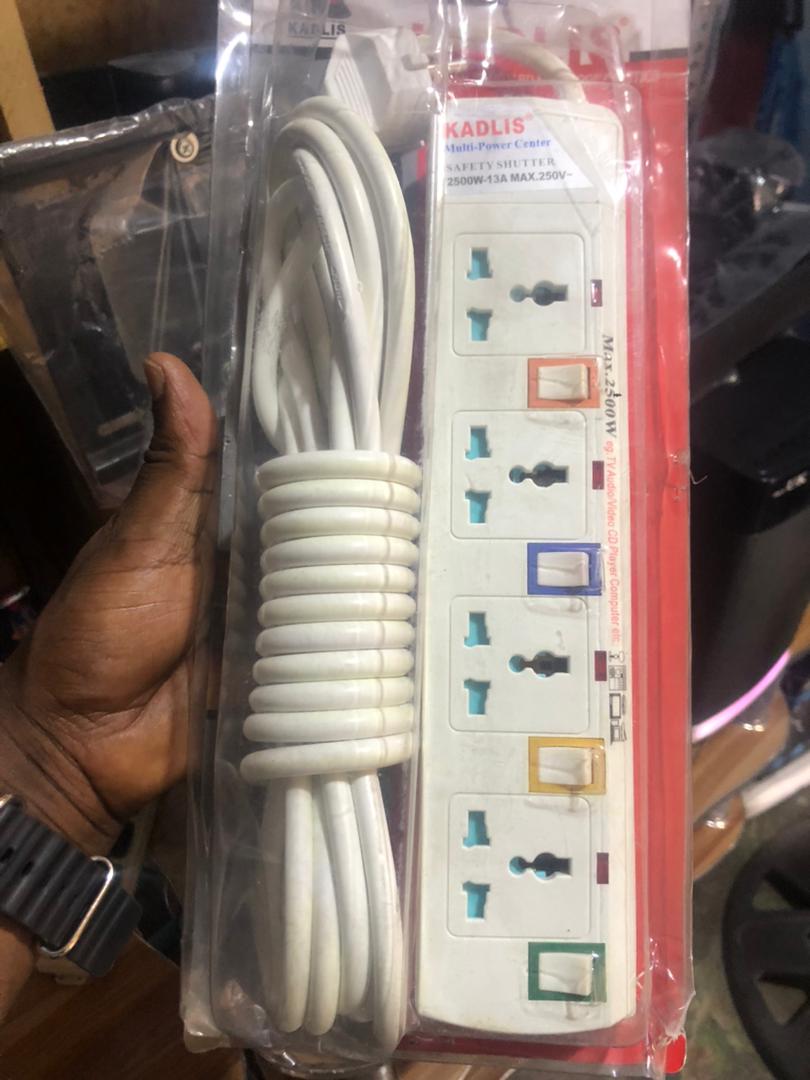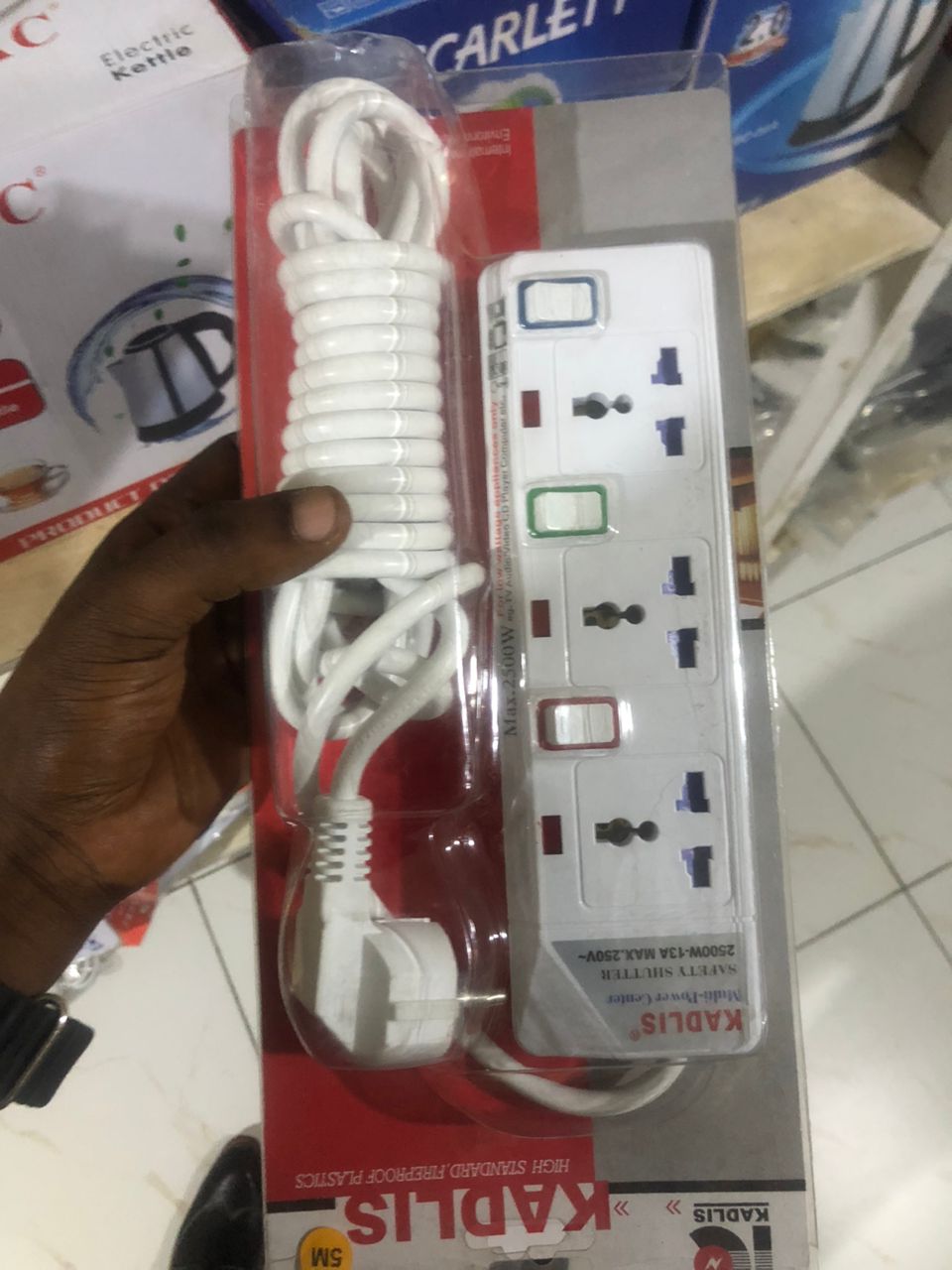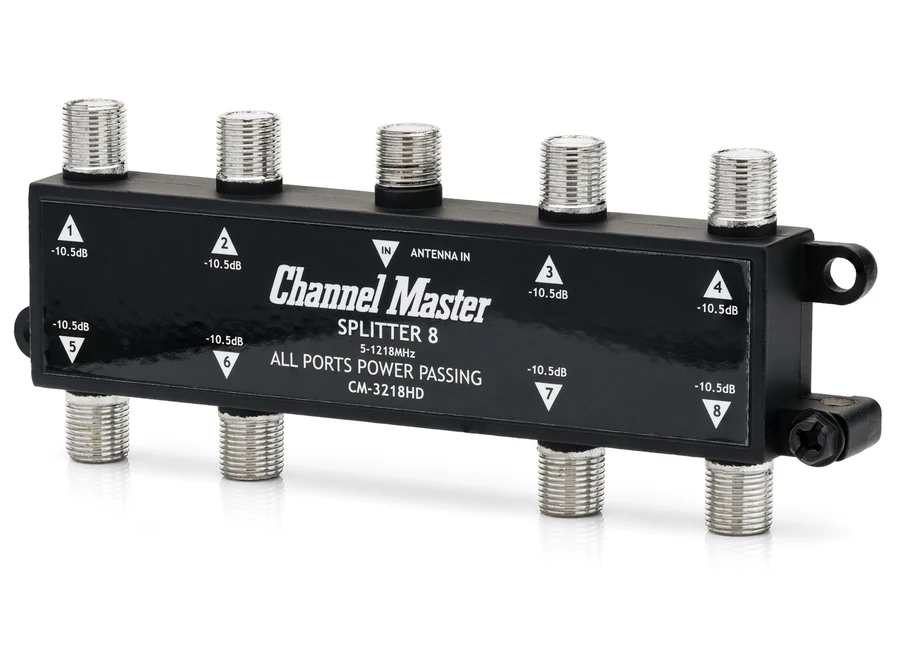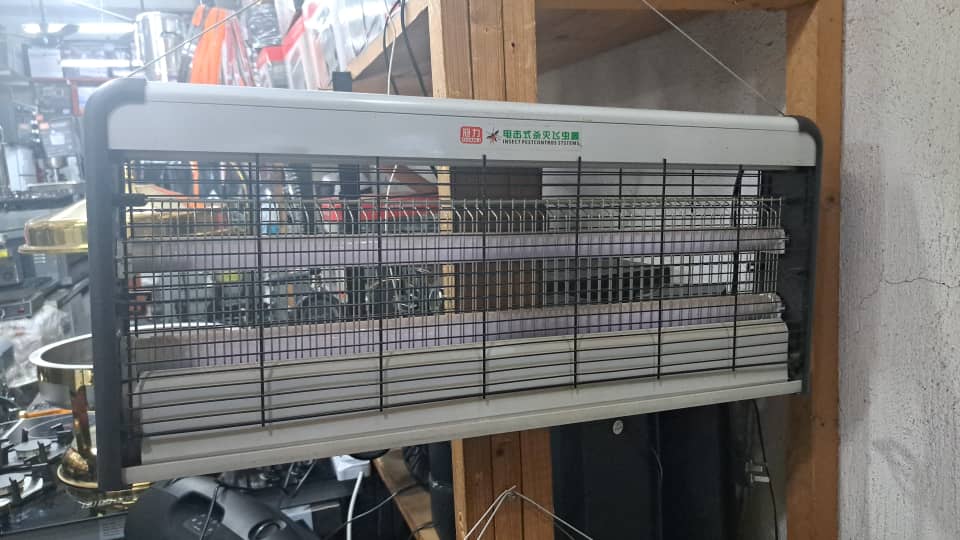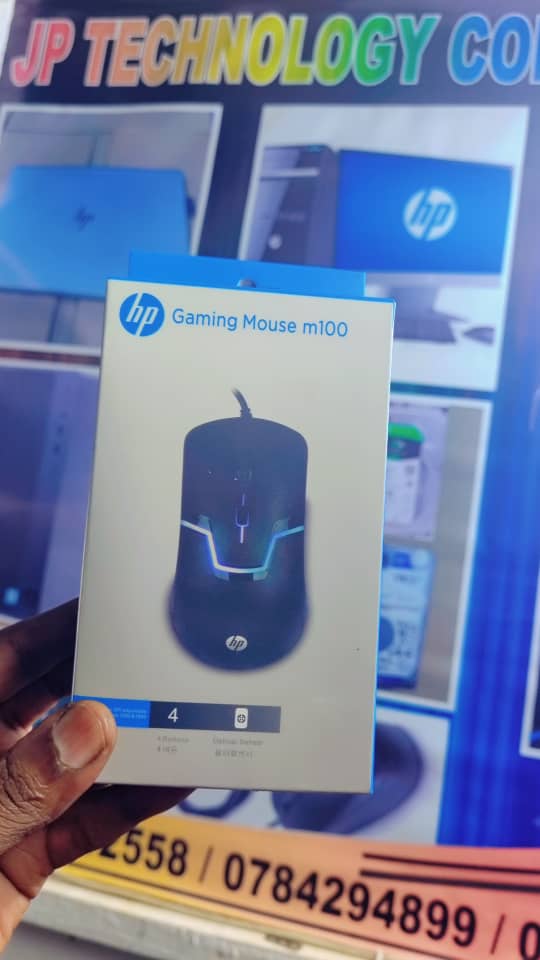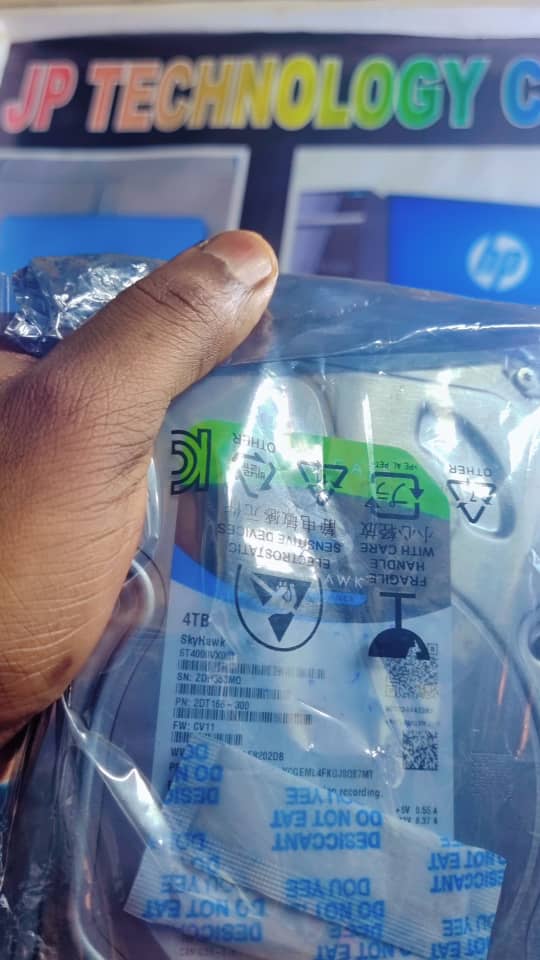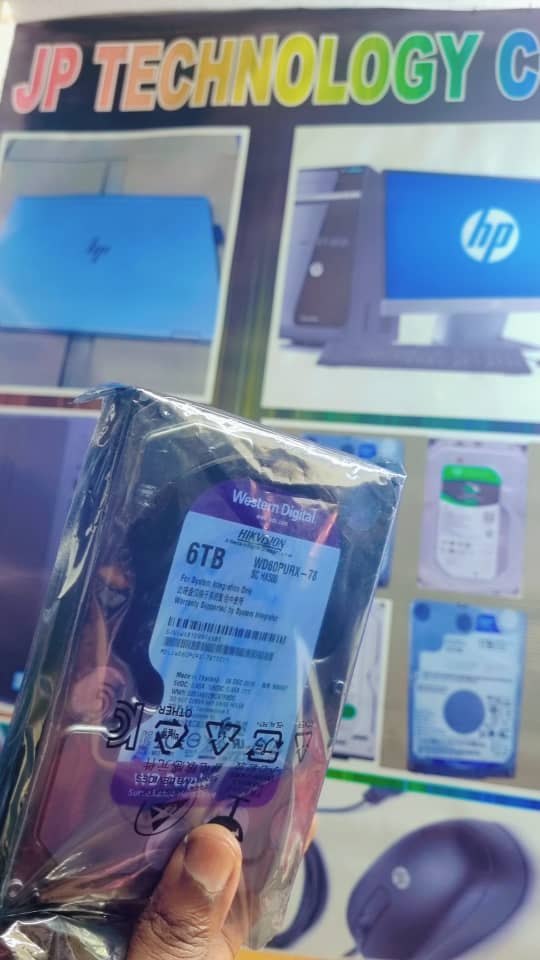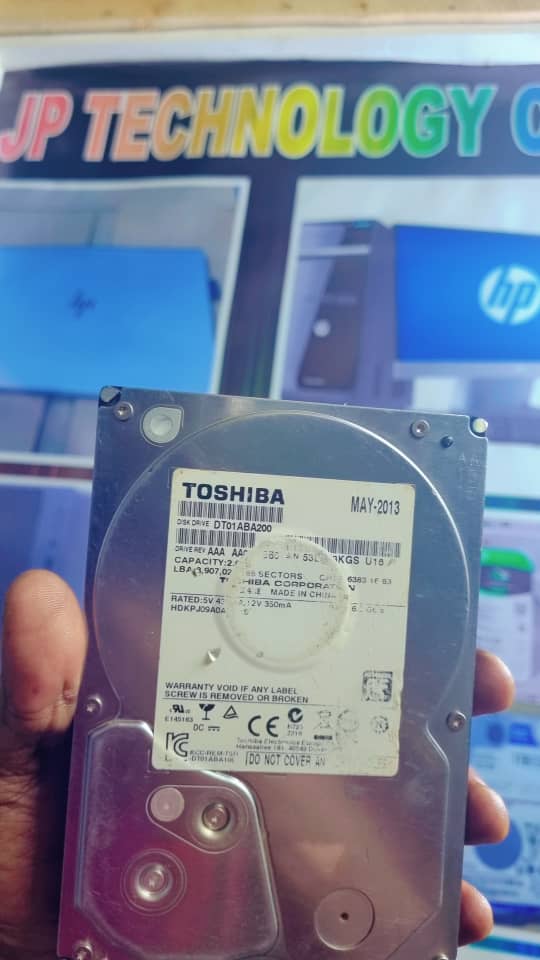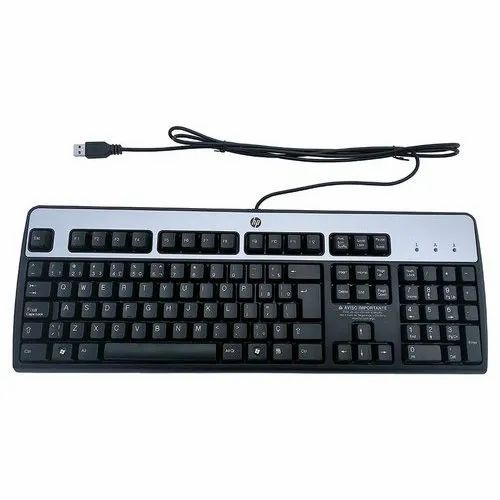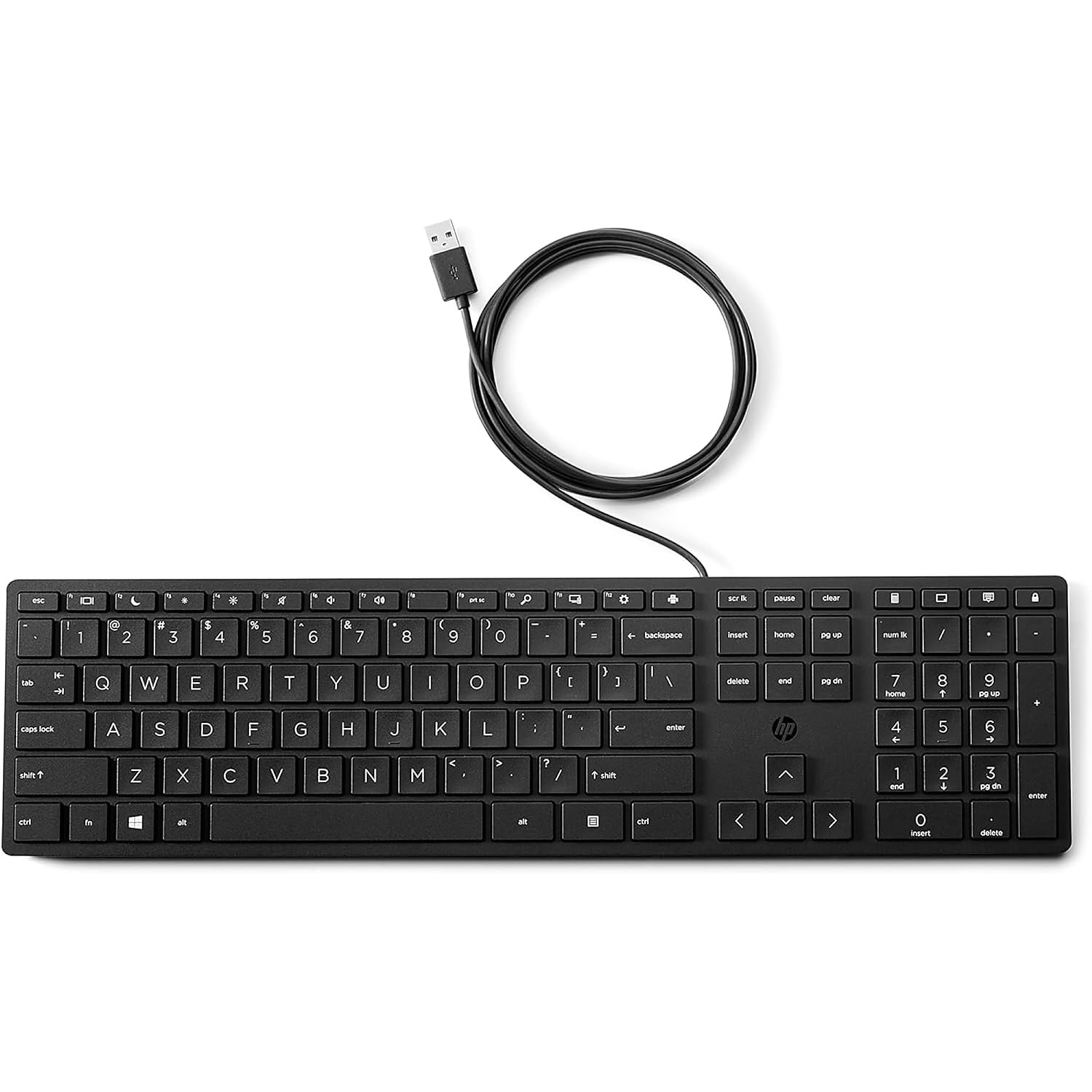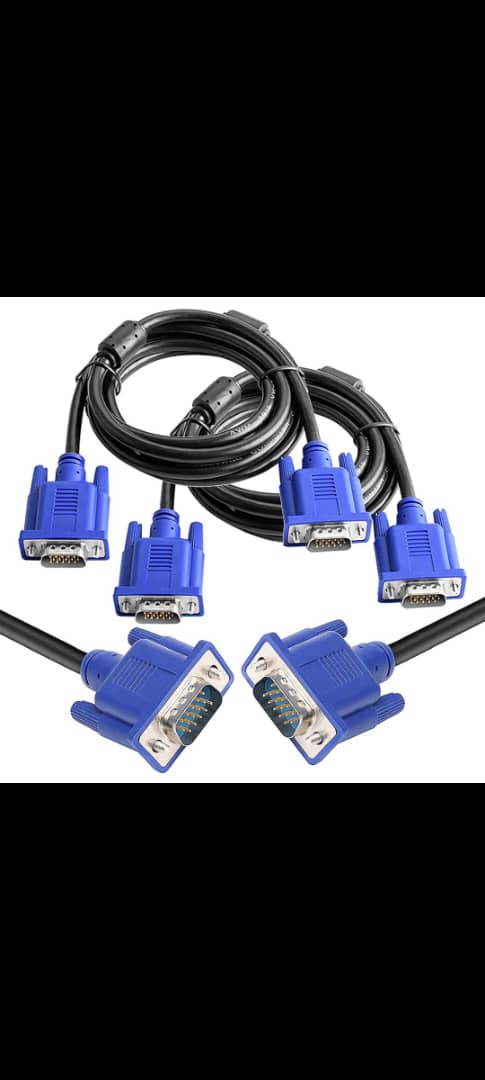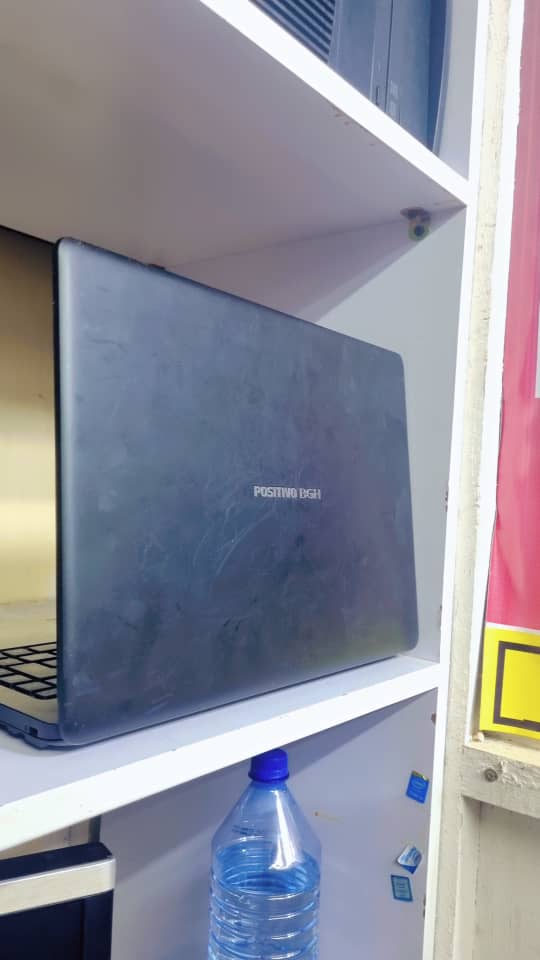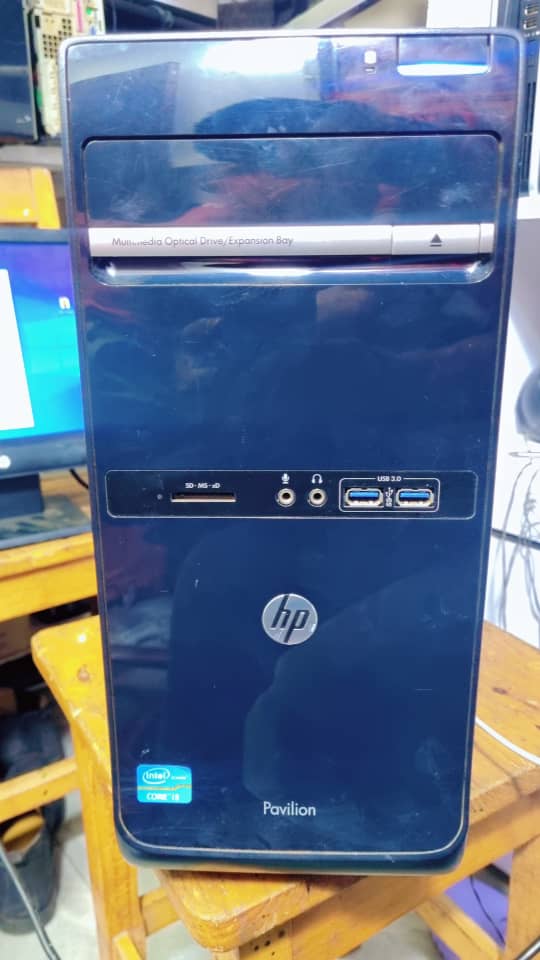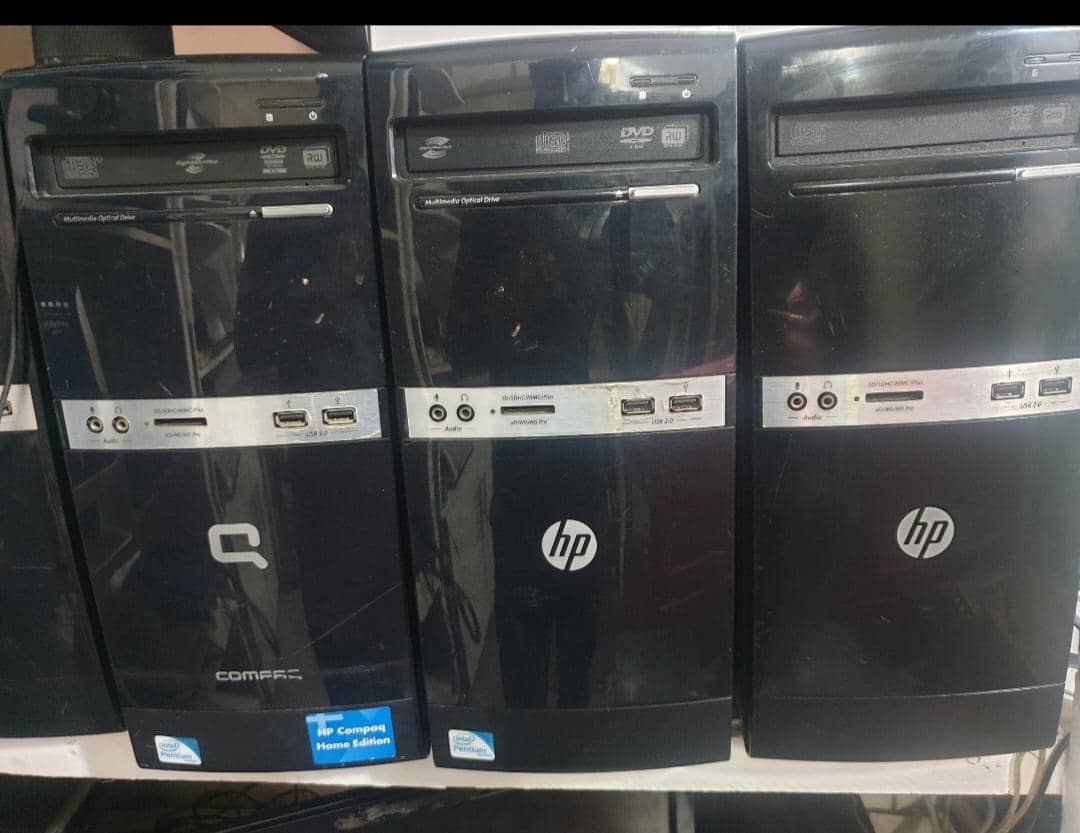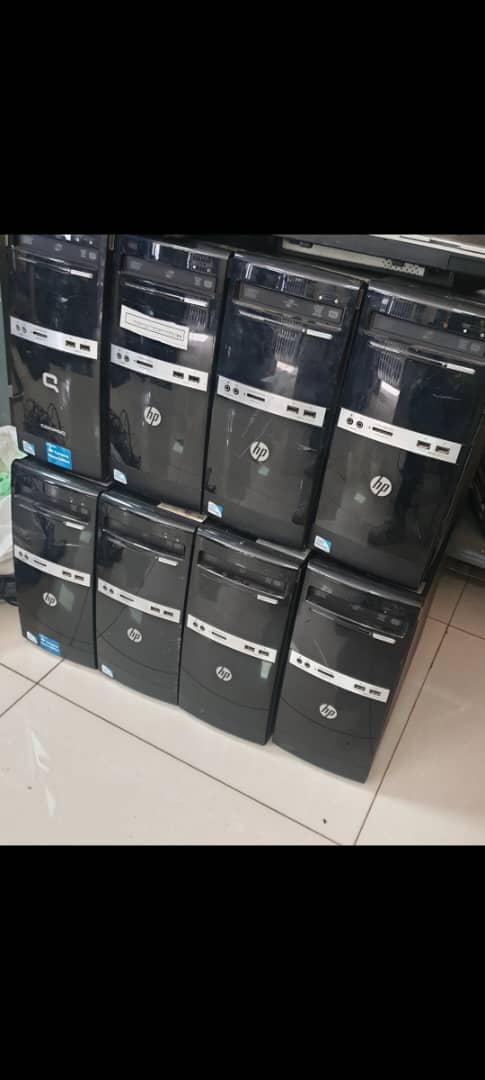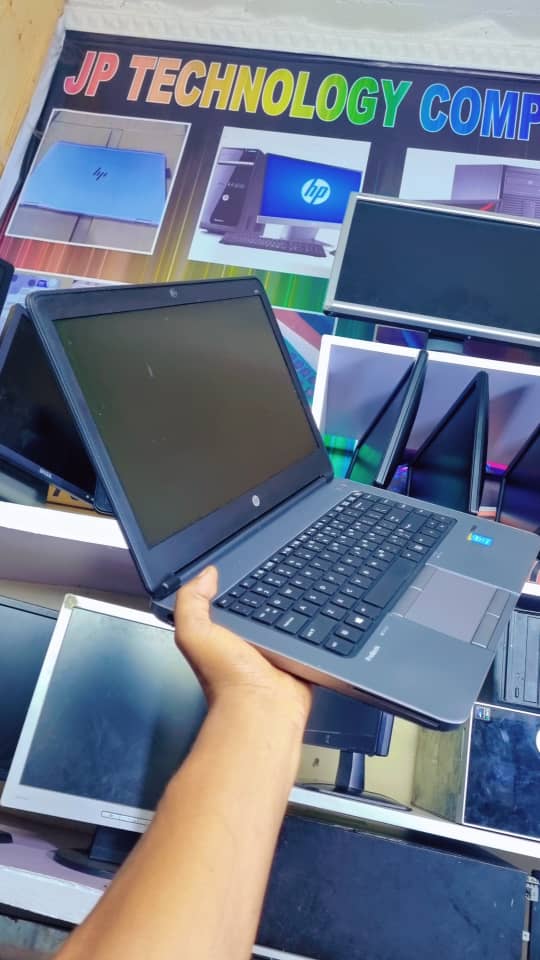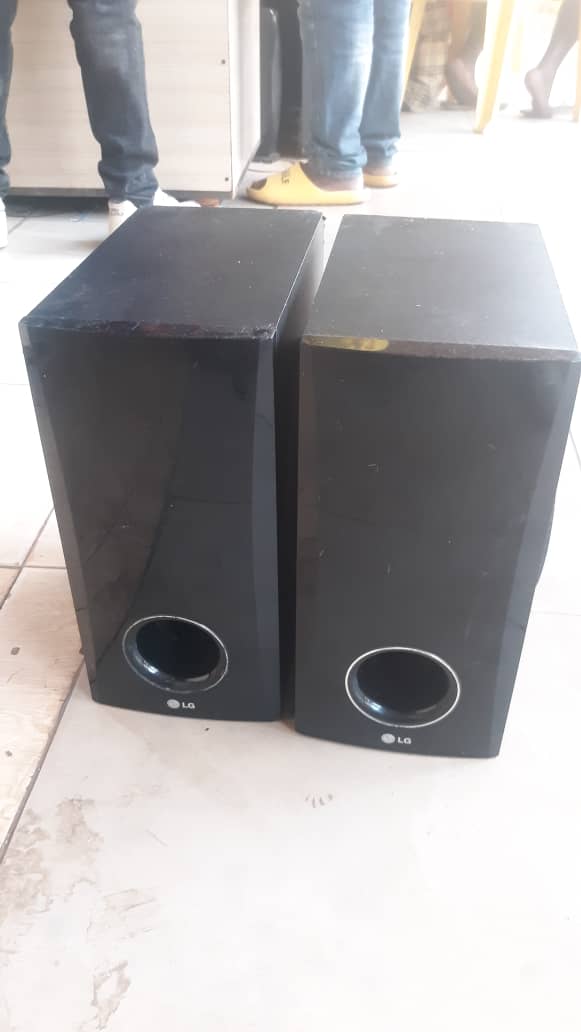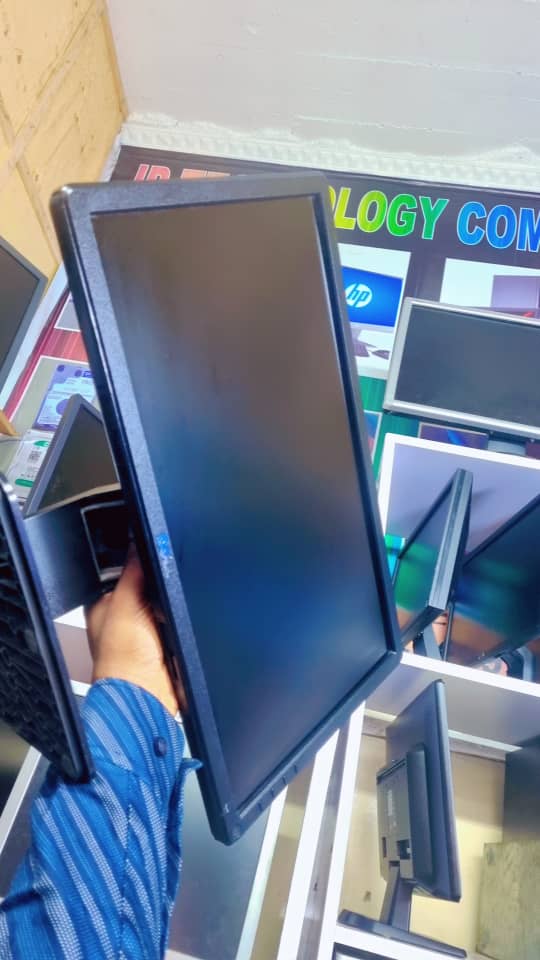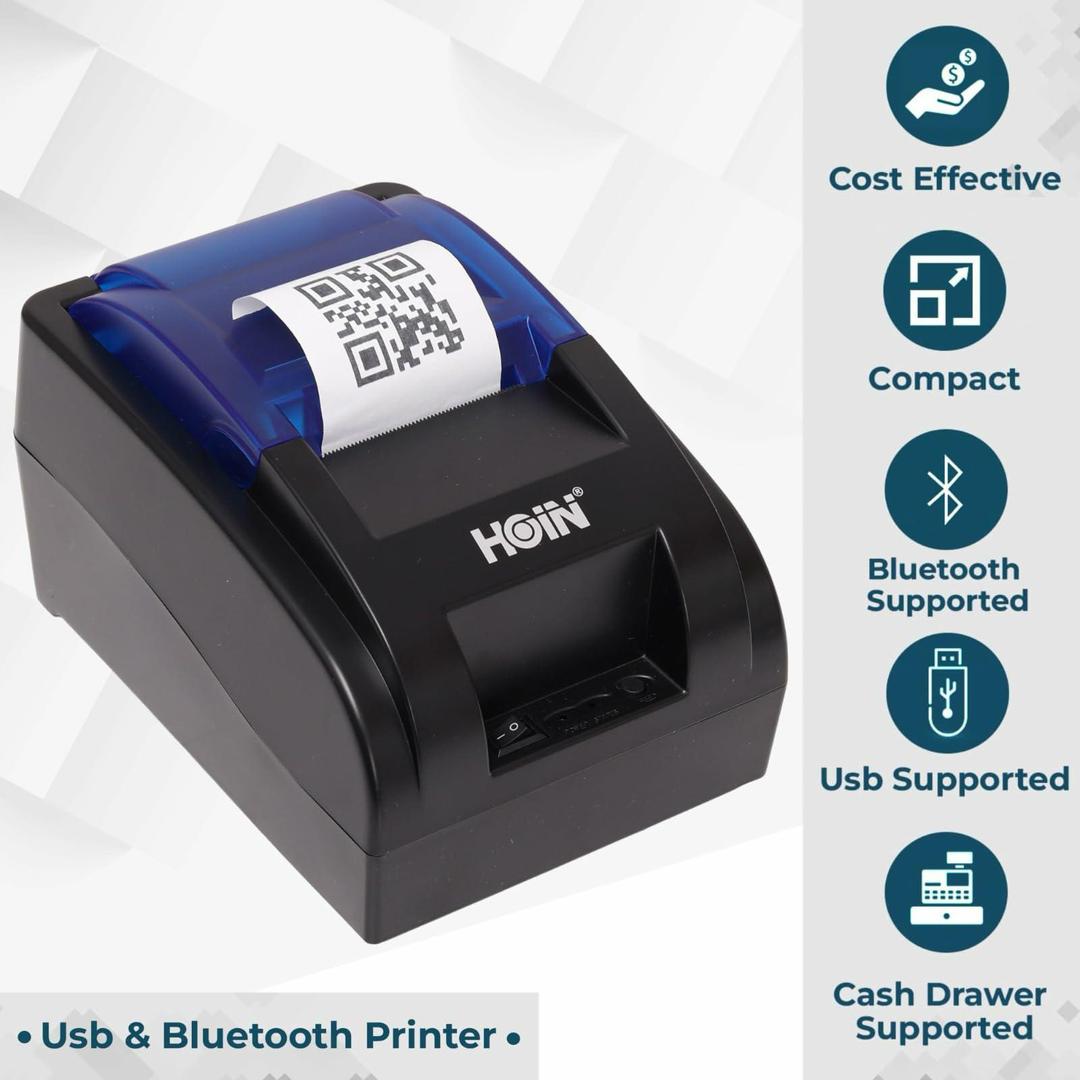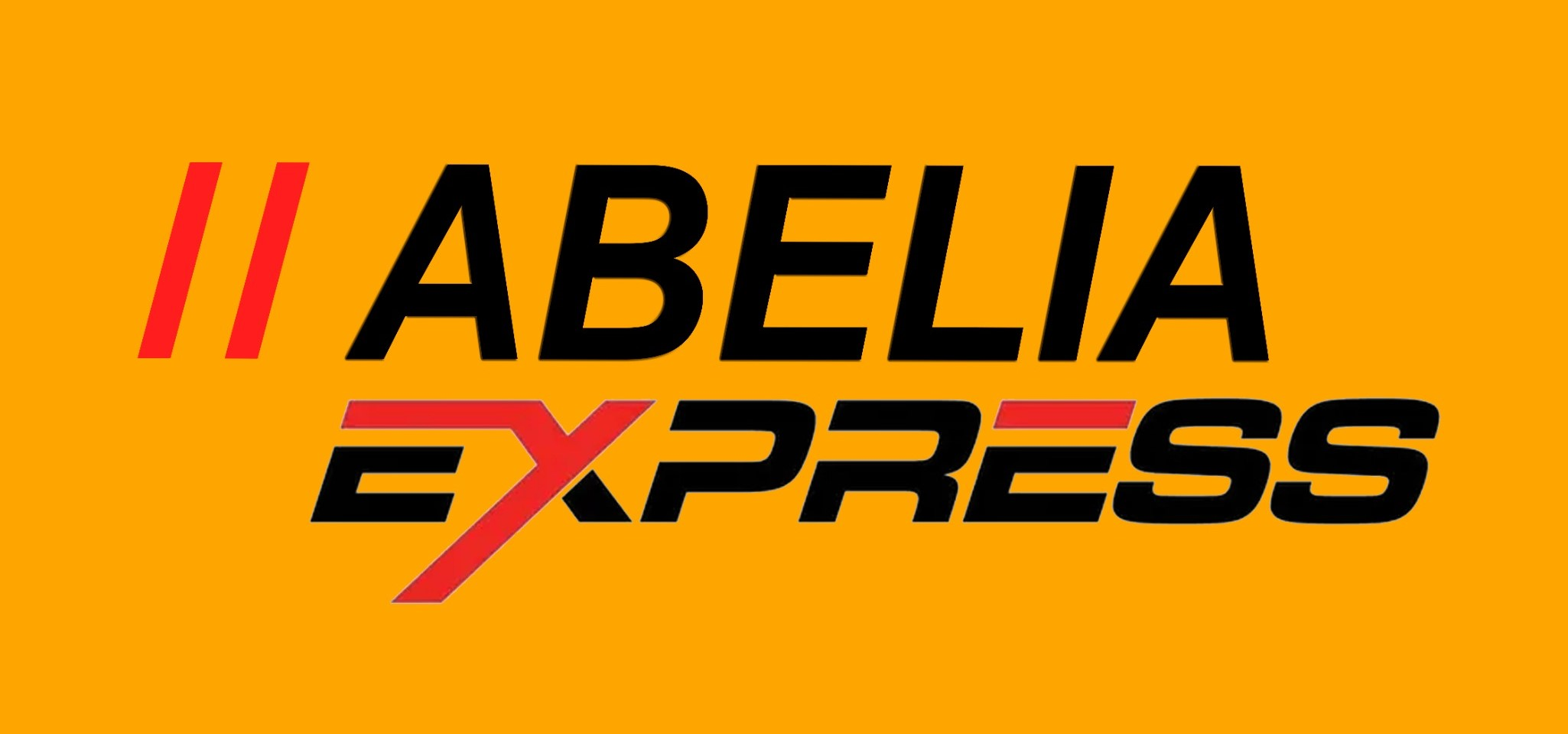A 4GB DDR3 refers to 4 gigabytes (GB) of DDR3 (Double Data Rate 3) memory. DDR3 is a type of RAM (Random Access Memory) used in computers, laptops, and other devices for temporary storage that the processor uses to access data quickly while performing tasks. Here’s a detailed breakdown of what 4GB DDR3 is:
1. DDR3 Technology:
- DDR3 is the third generation of DDR (Double Data Rate) SDRAM, succeeding DDR2. It is widely used in computers and other electronic devices, offering faster speeds and improved power efficiency compared to older DDR2 memory.
- It uses a clock speed typically between 800 MHz and 2133 MHz, though the actual speed depends on the specific module and system.
- Data Rate: DDR3 memory has the capability to transfer data at rates double the clock speed, so if the memory runs at 1600 MHz, the effective data rate can reach 3200 MT/s (million transfers per second).
2. 4GB Capacity:
- 4GB refers to the total amount of memory available. This is a mid-range amount of memory, commonly found in older or budget devices, and is typically enough for everyday tasks, such as web browsing, word processing, and watching videos.
- For multitasking, 4GB of DDR3 RAM can support light to moderate use, but more demanding applications (like gaming, video editing, or running virtual machines) may require 8GB or more for optimal performance.
- For general use, 4GB of DDR3 RAM is sufficient, especially for systems that don't run a lot of heavy applications simultaneously.
3. Benefits of DDR3 RAM:
- Faster Data Transfer: Compared to its predecessor DDR2, DDR3 offers better data transfer speeds, improving overall system performance when running programs and accessing files.
- Lower Power Consumption: DDR3 operates at a lower voltage (typically 1.5V) compared to DDR2 (which operates at 1.8V), helping to improve power efficiency, especially important for laptops and portable devices.
- Improved Bandwidth: DDR3 provides better bandwidth compared to DDR2, making it suitable for more demanding tasks and faster system response.
4. Use Cases for 4GB DDR3 RAM:
- Basic Computing: For users performing standard tasks like browsing the web, working with office software, watching videos, or light photo editing, 4GB of DDR3 RAM is adequate.
- Older Systems: Many older computers or laptops (especially those from around the early 2010s) came with 4GB DDR3 memory as standard. This amount of RAM was considered enough for most users during that time.
- Office or School Work: For light tasks such as writing documents, using spreadsheets, or attending online meetings, 4GB DDR3 memory is typically sufficient.
5. Limitations of 4GB DDR3 RAM:
- Heavy Applications: For users working with resource-intensive software like modern video games, professional-grade photo and video editing tools, or large-scale simulations, 4GB might feel limiting. These applications can consume more memory, leading to slowdowns or the need for additional memory.
- Multitasking: If you're running many applications at once (e.g., web browsers with multiple tabs, office programs, and media players), 4GB could become insufficient, leading to performance degradation as your system starts using virtual memory from the hard drive or SSD, which is much slower.
Summary:
A 4GB DDR3 RAM module provides an adequate amount of memory for basic computing needs, including light multitasking, web browsing, and media consumption. However, it may not be enough for modern, resource-demanding applications, such as gaming or professional-grade video editing. While DDR3 memory is somewhat outdated compared to the newer DDR4, it still provides a reliable and cost-effective solution for older systems or for users with less intensive requirements.

